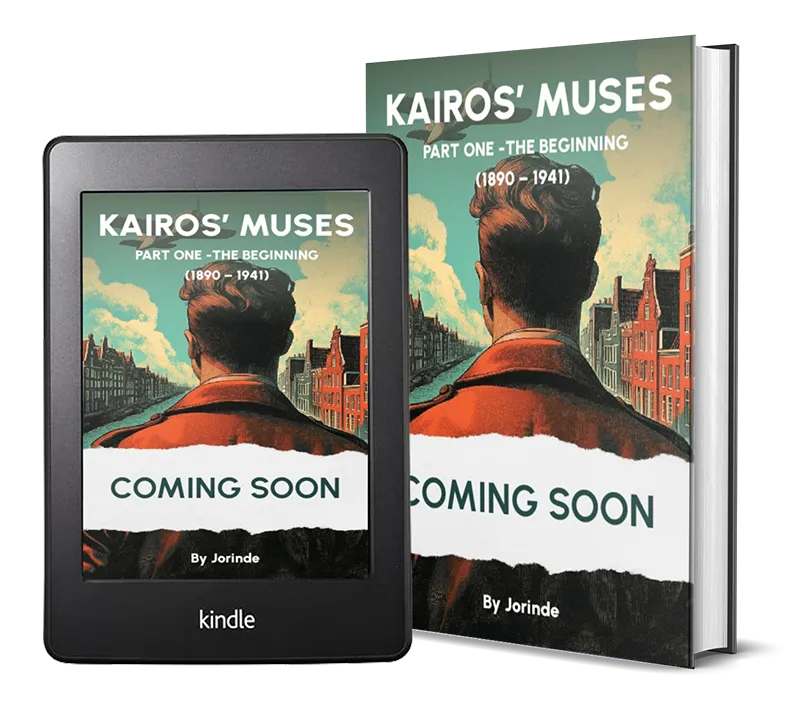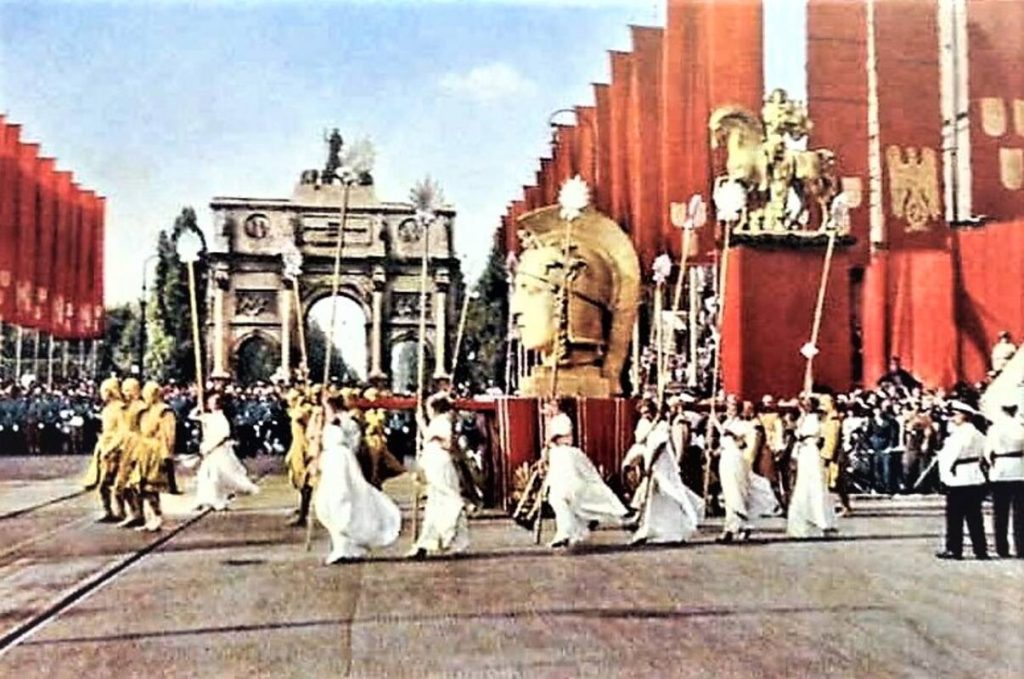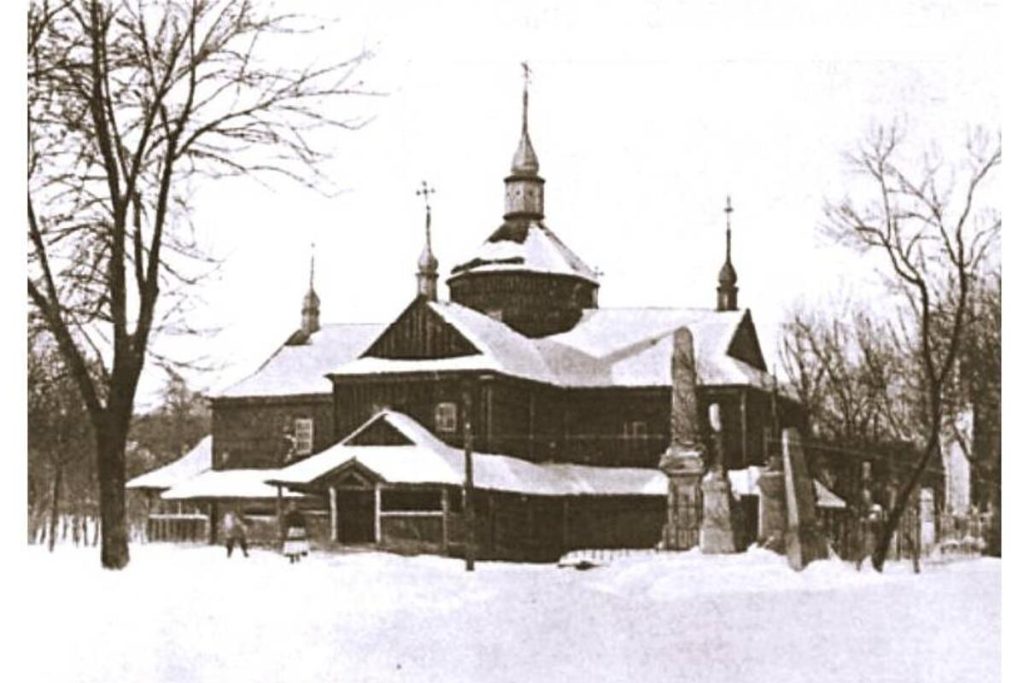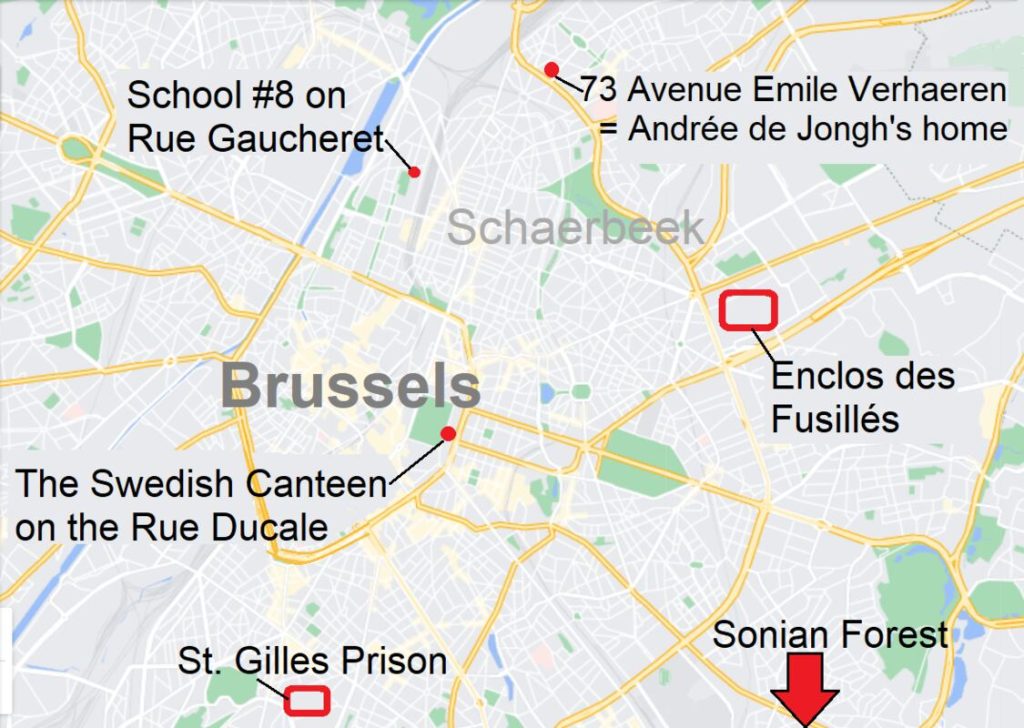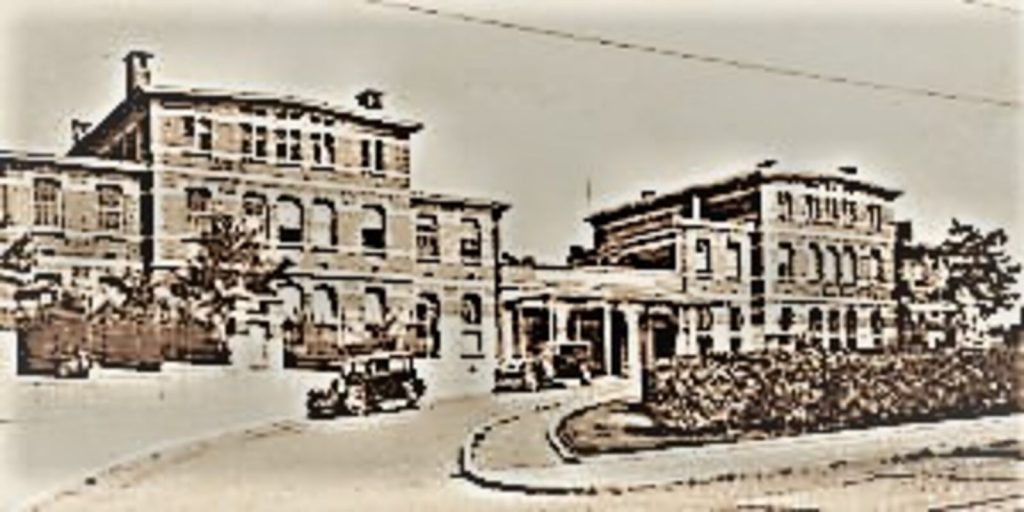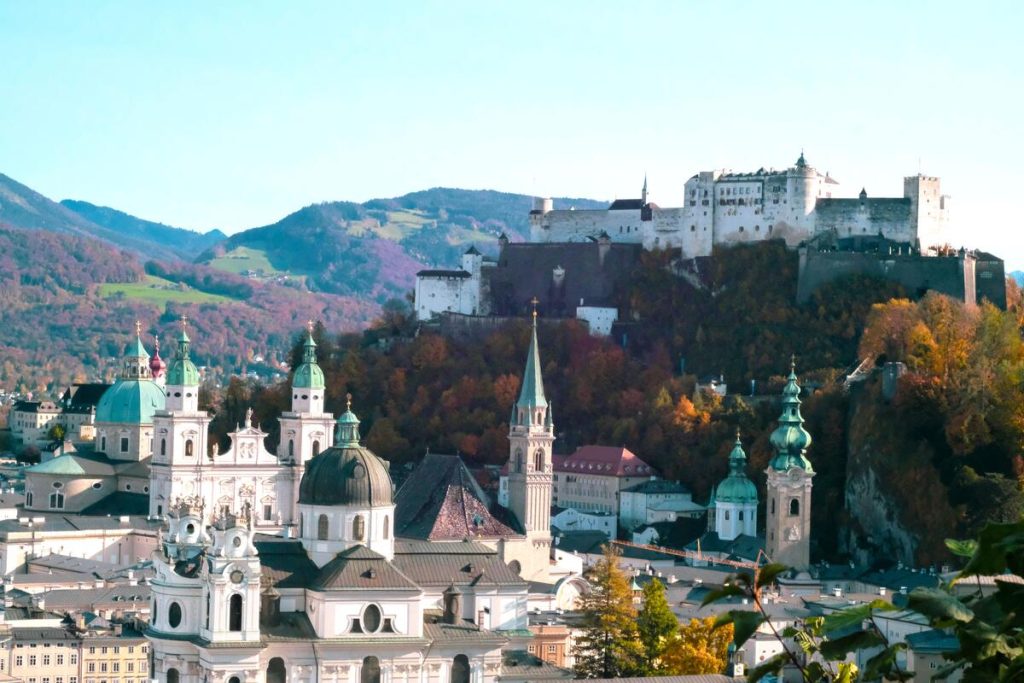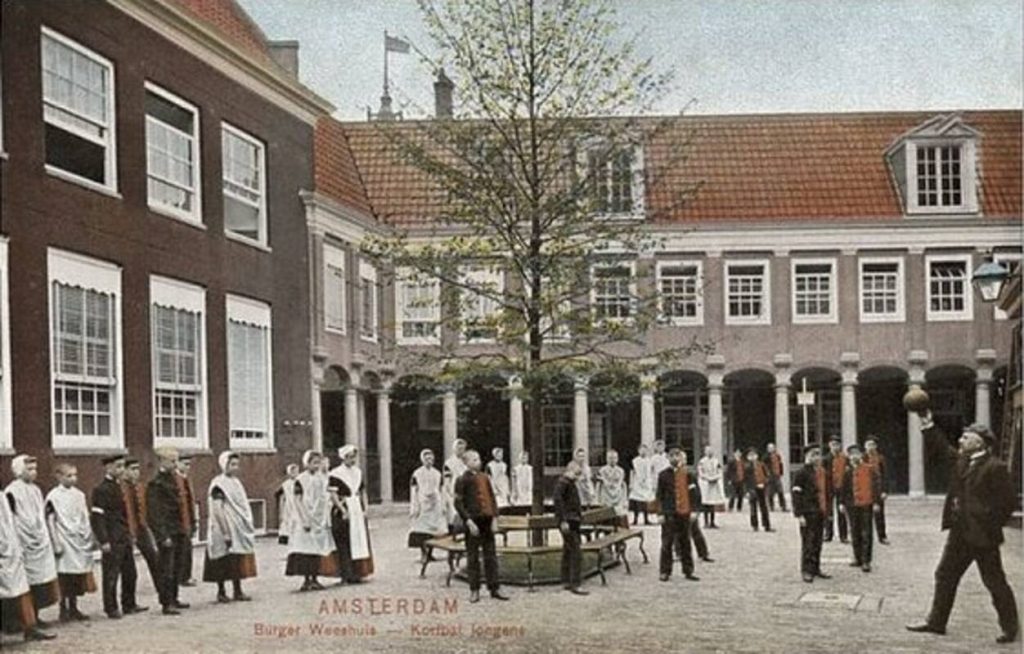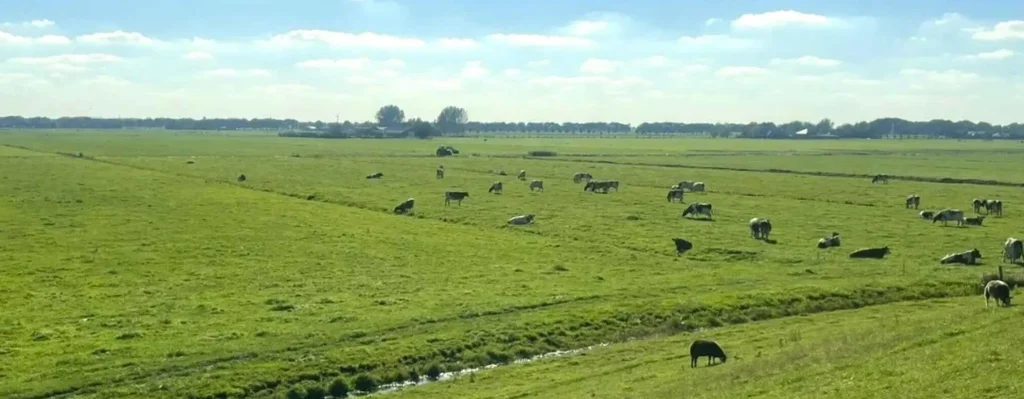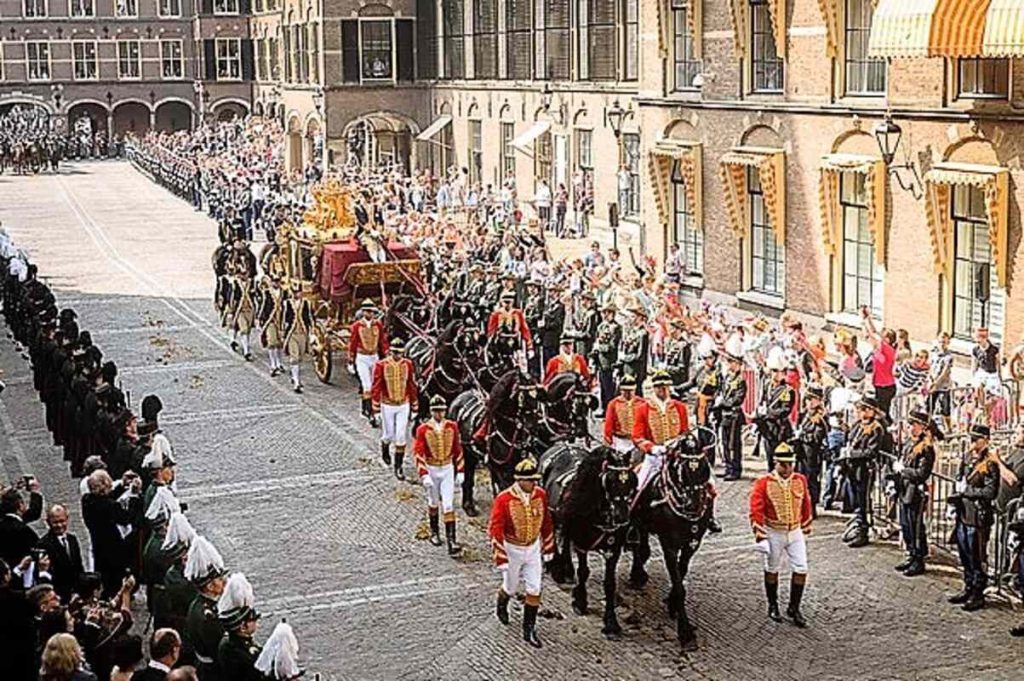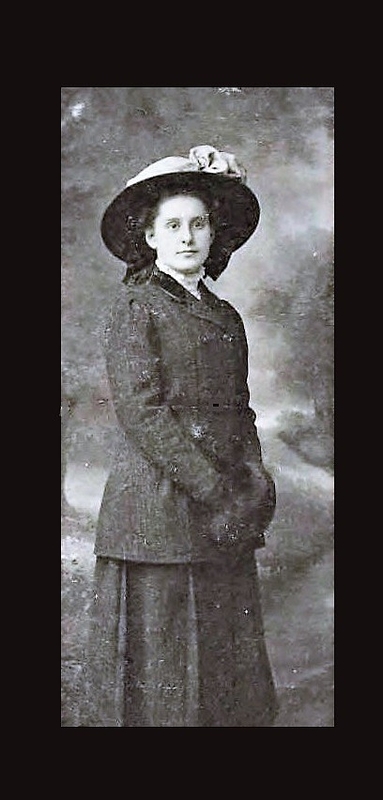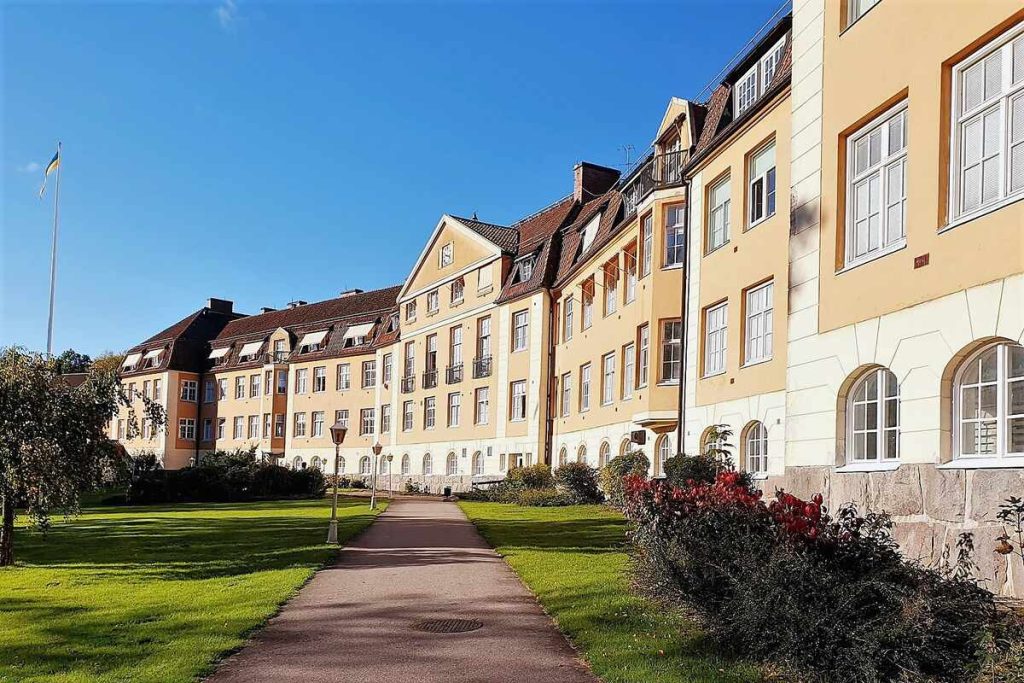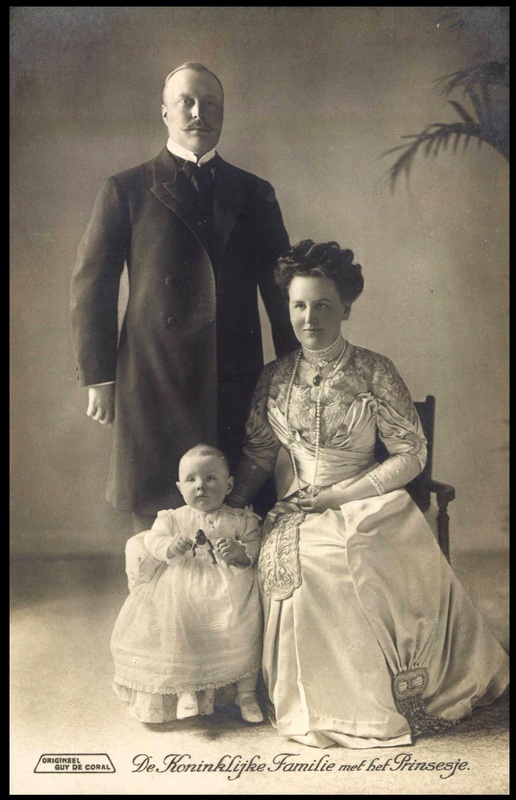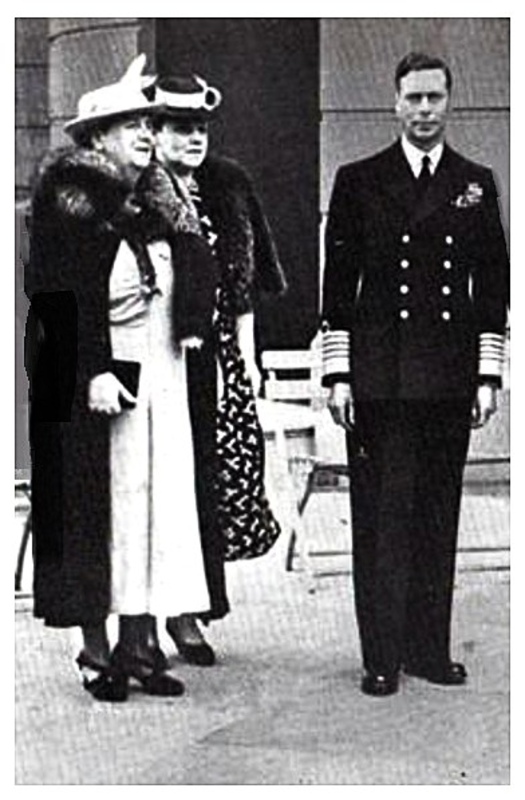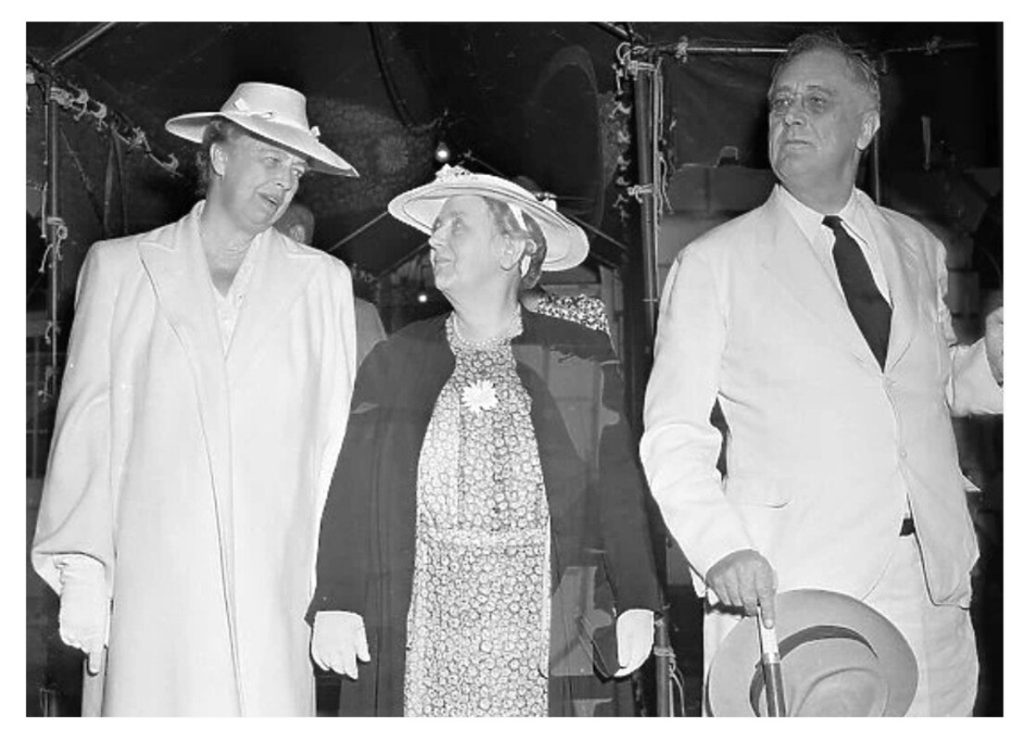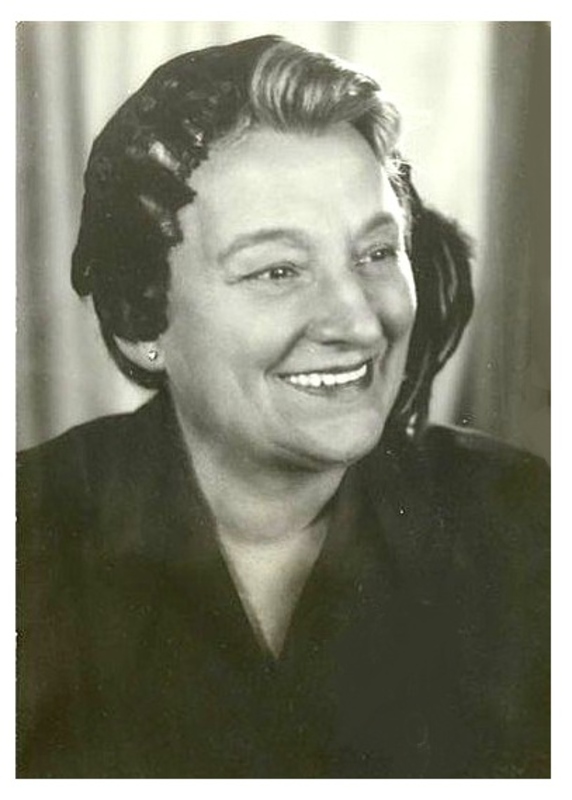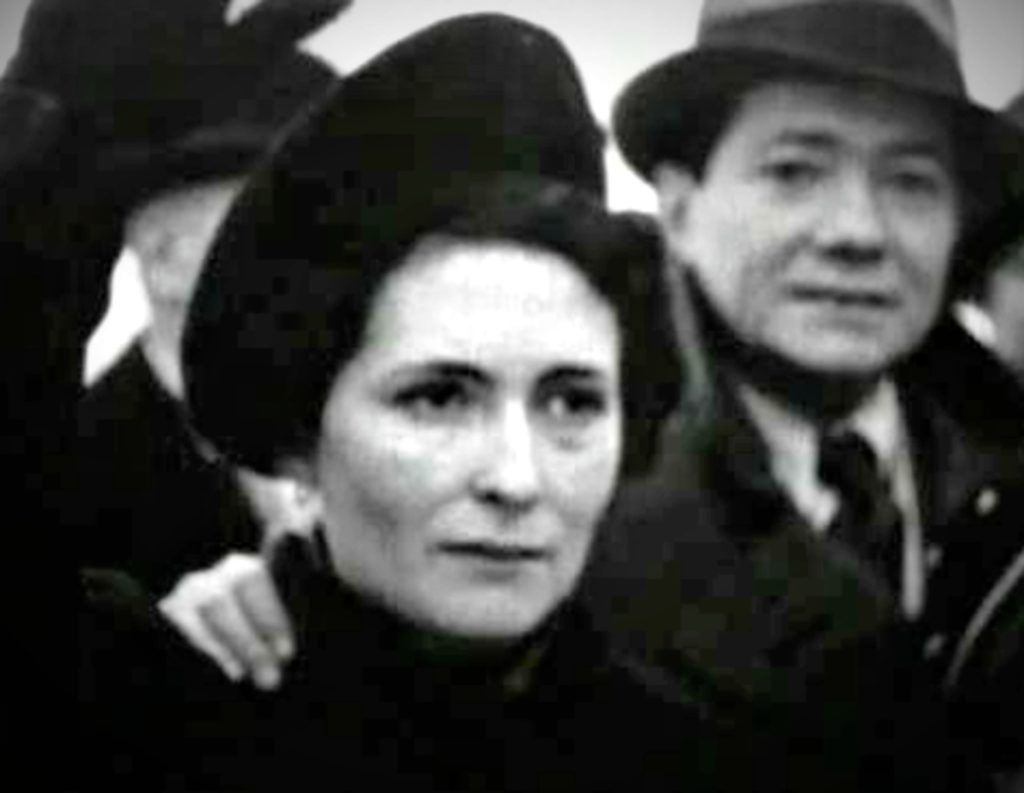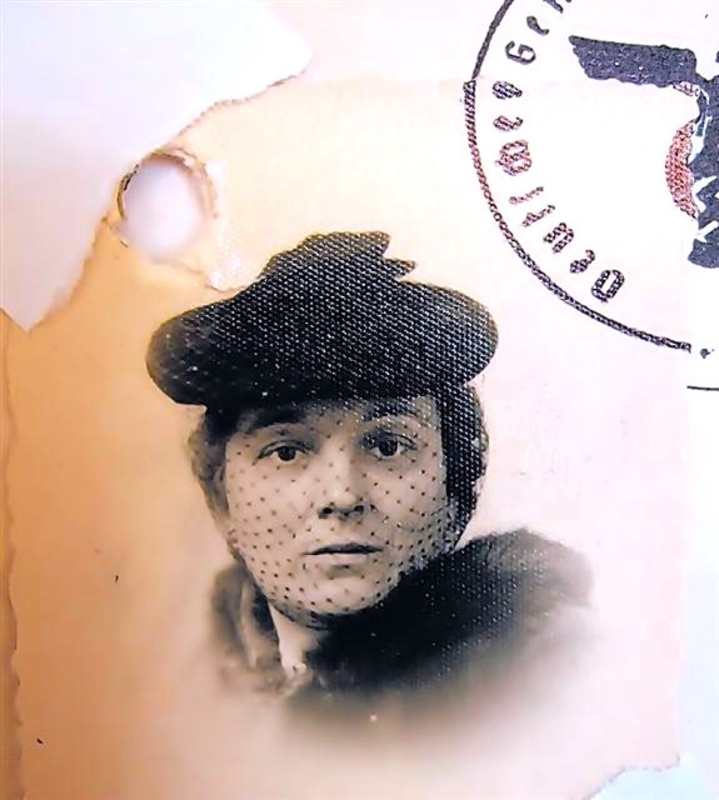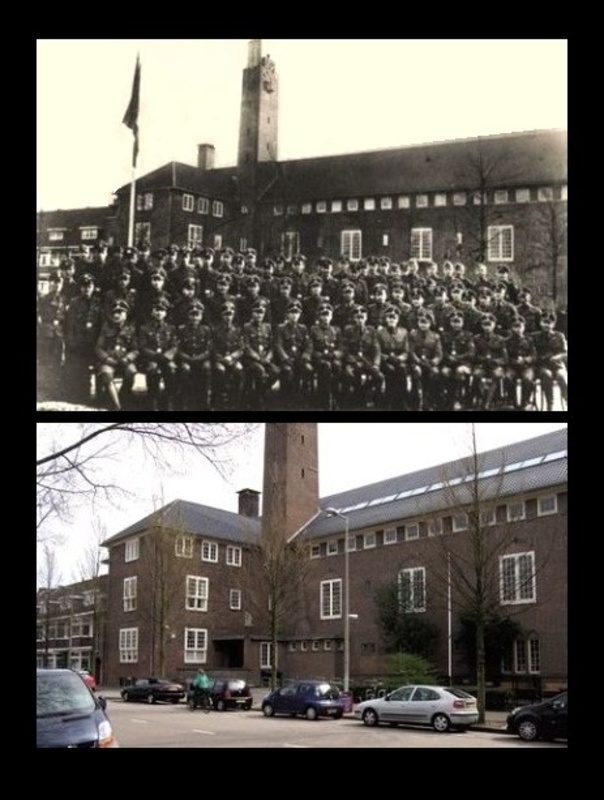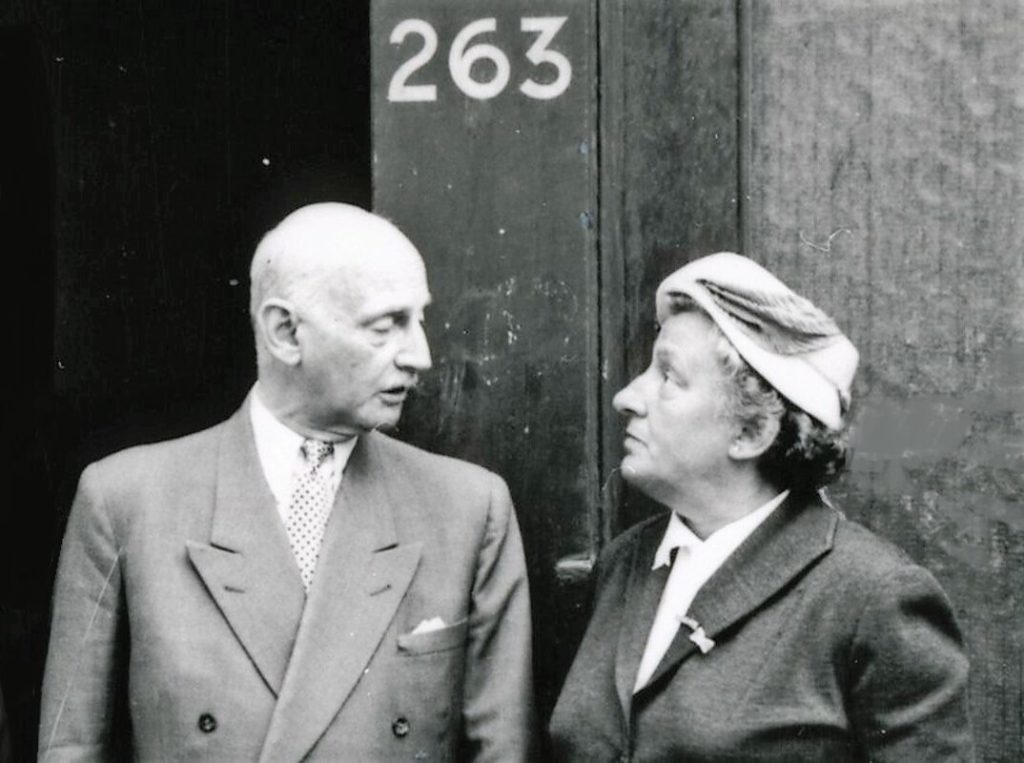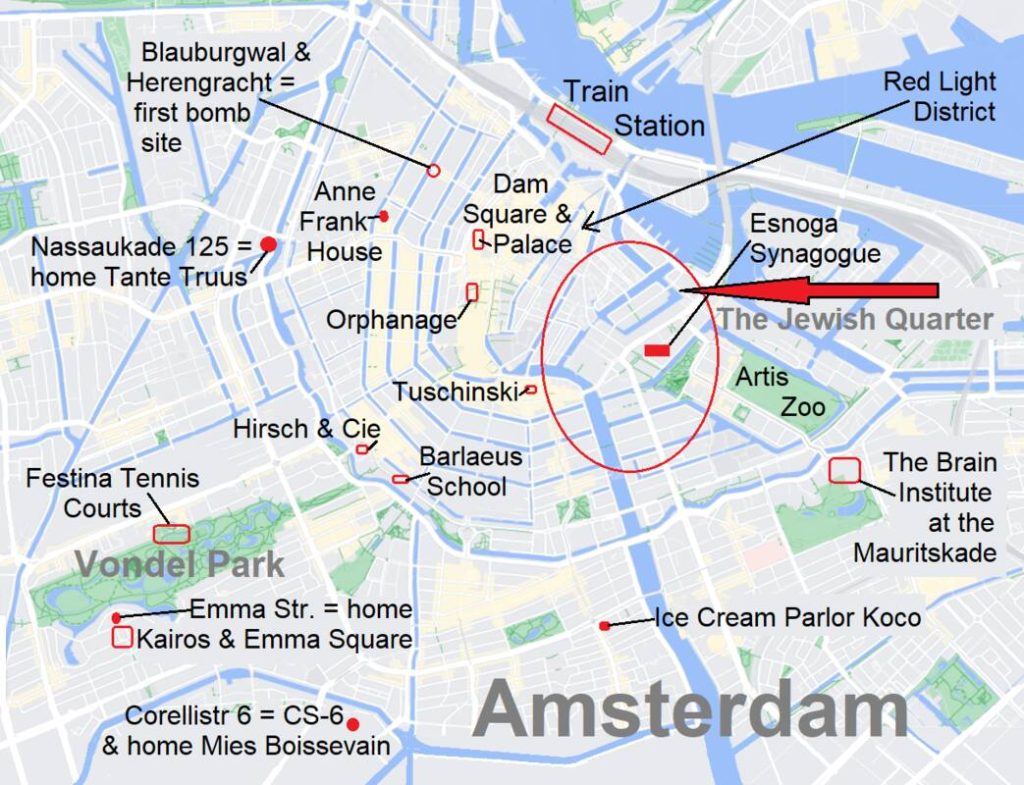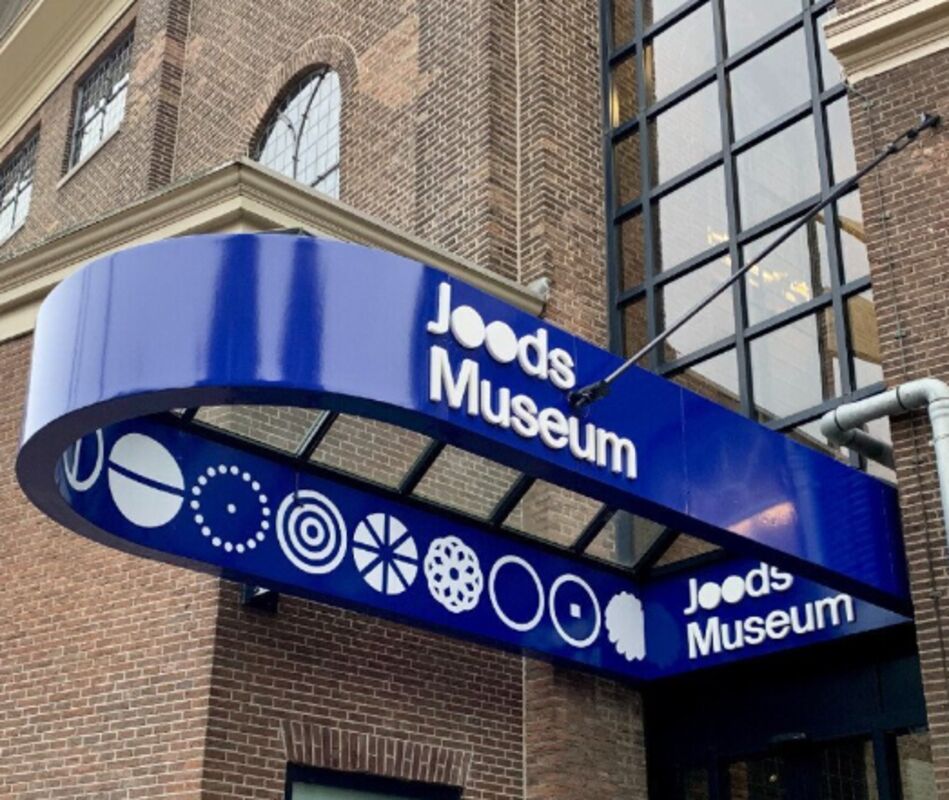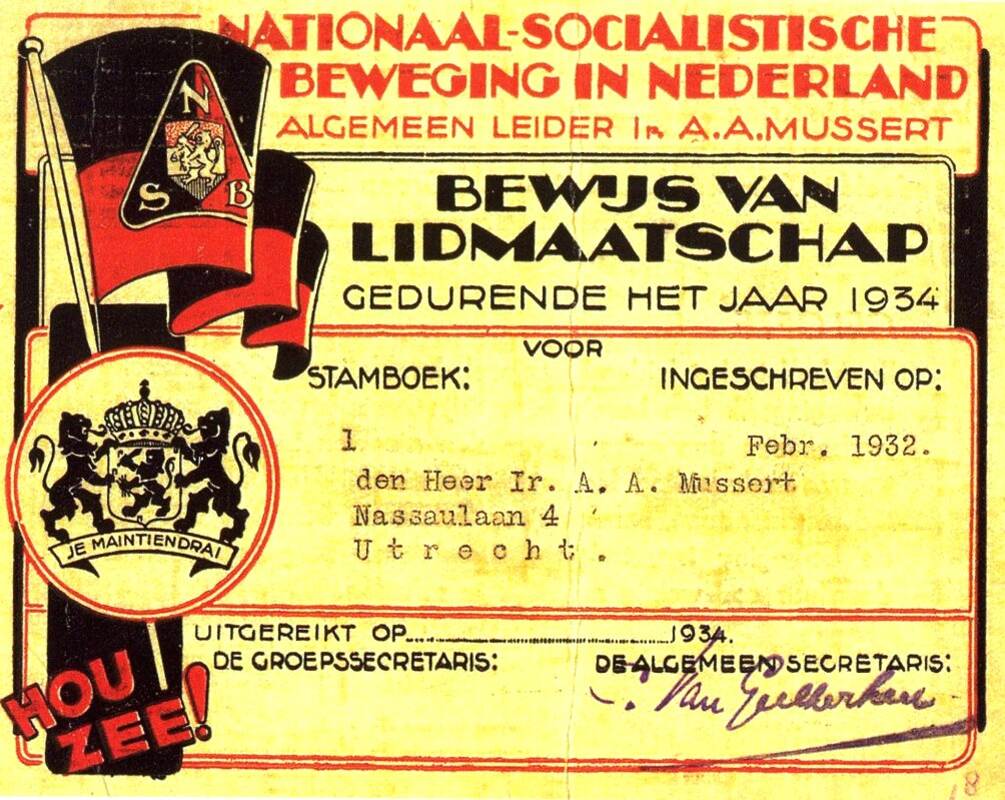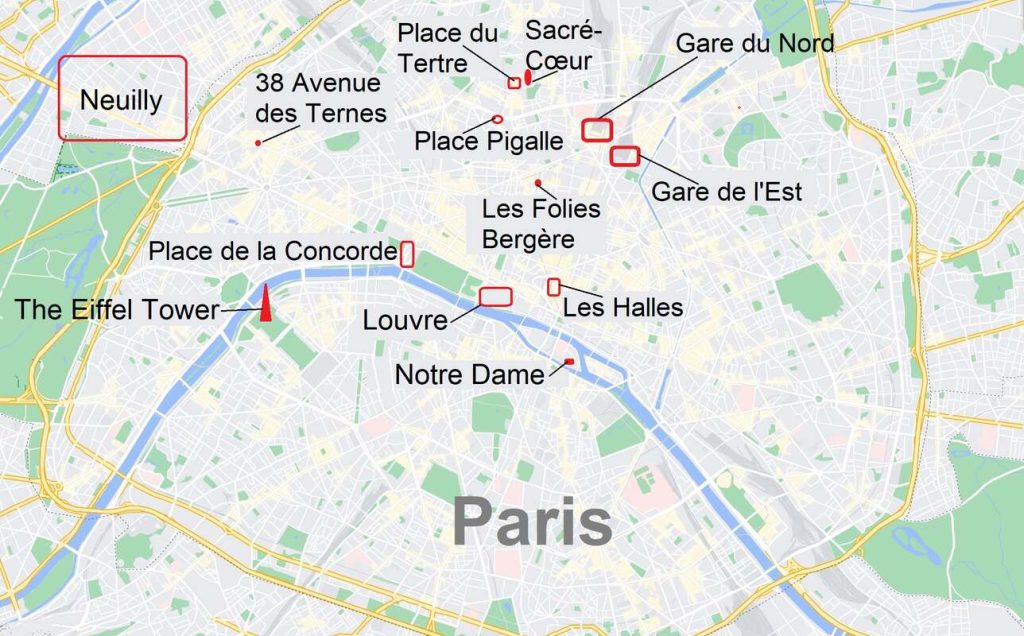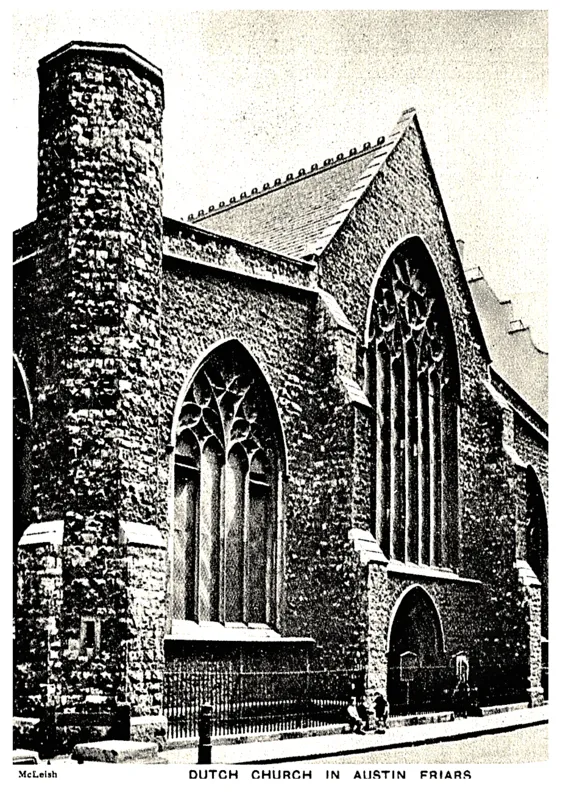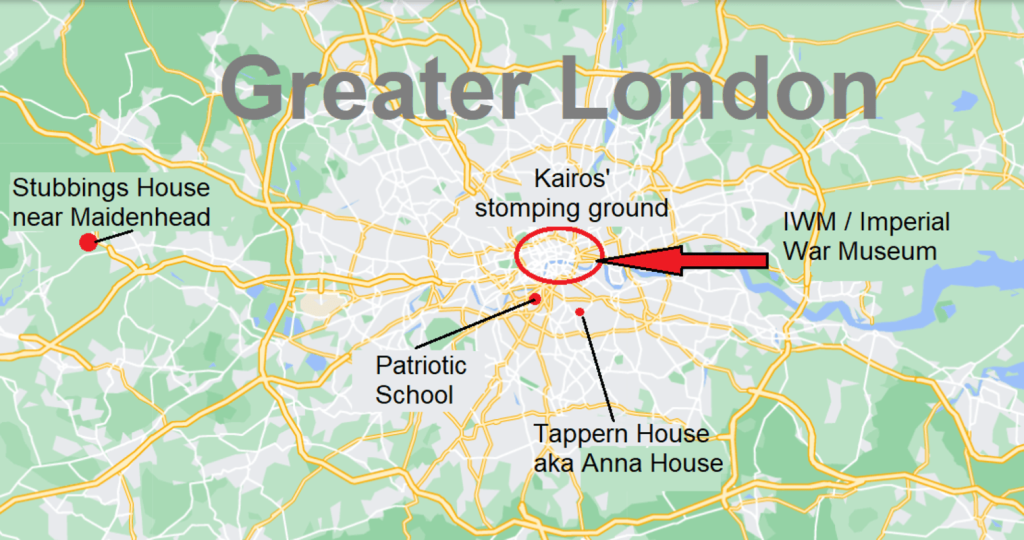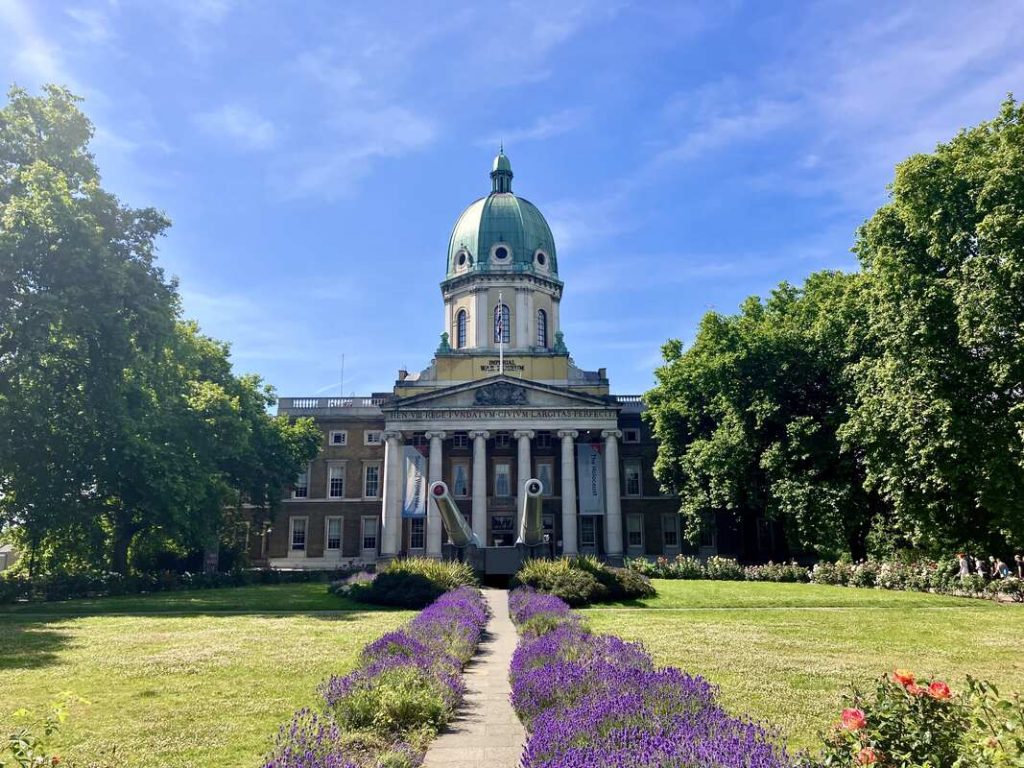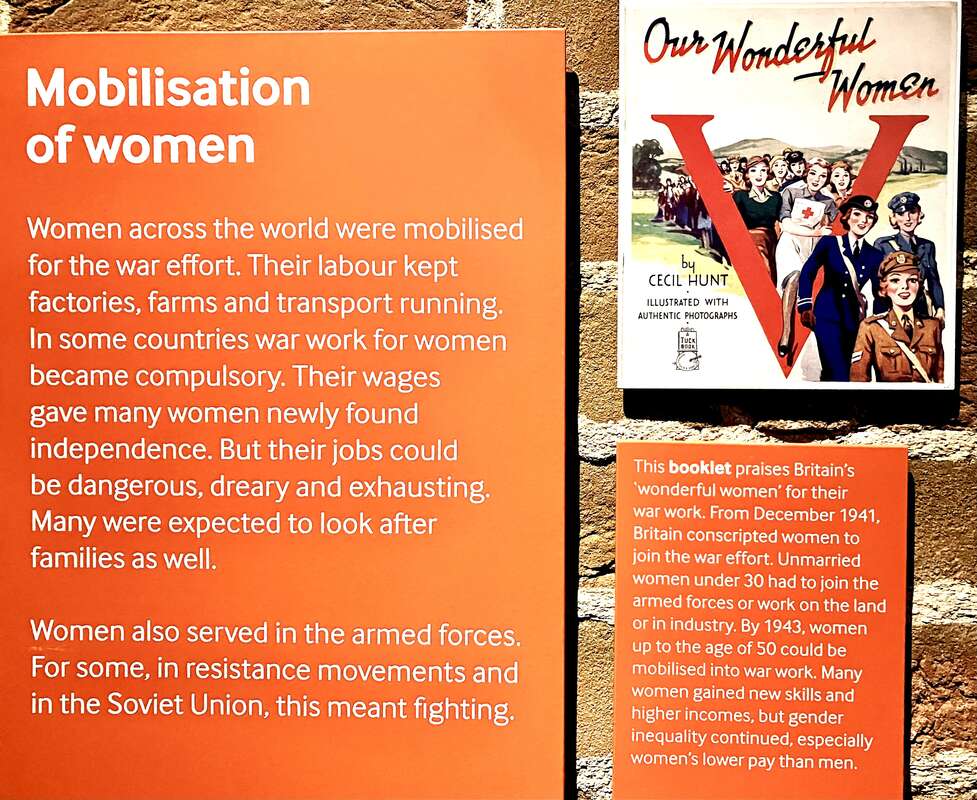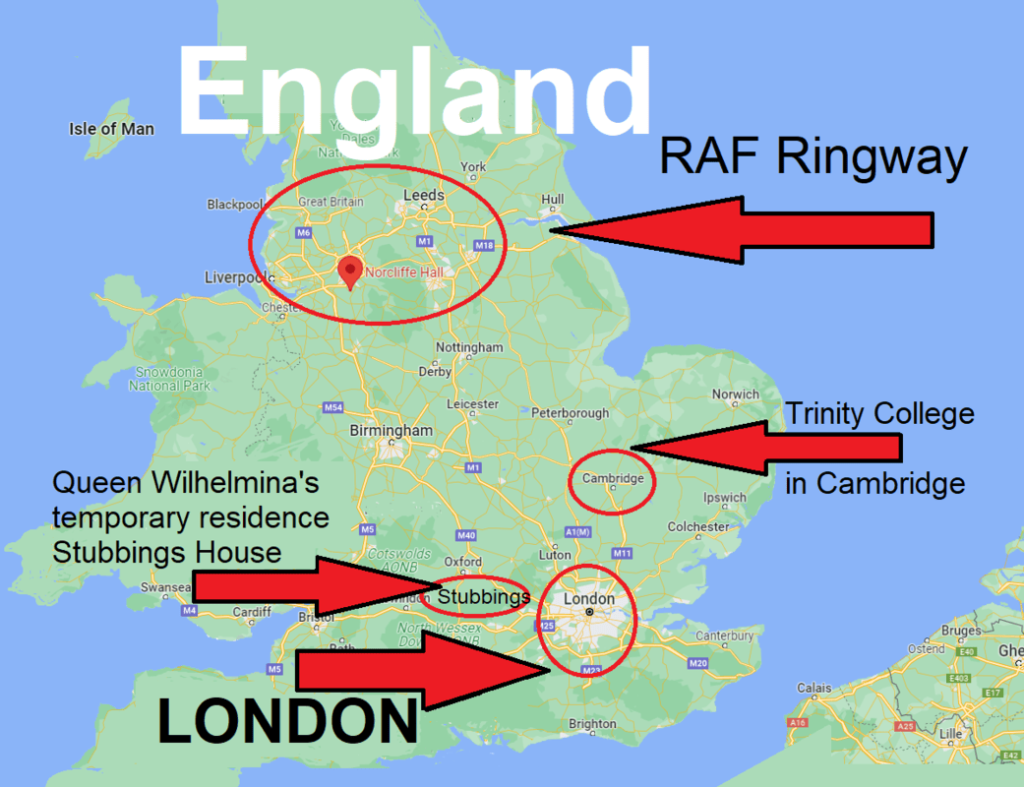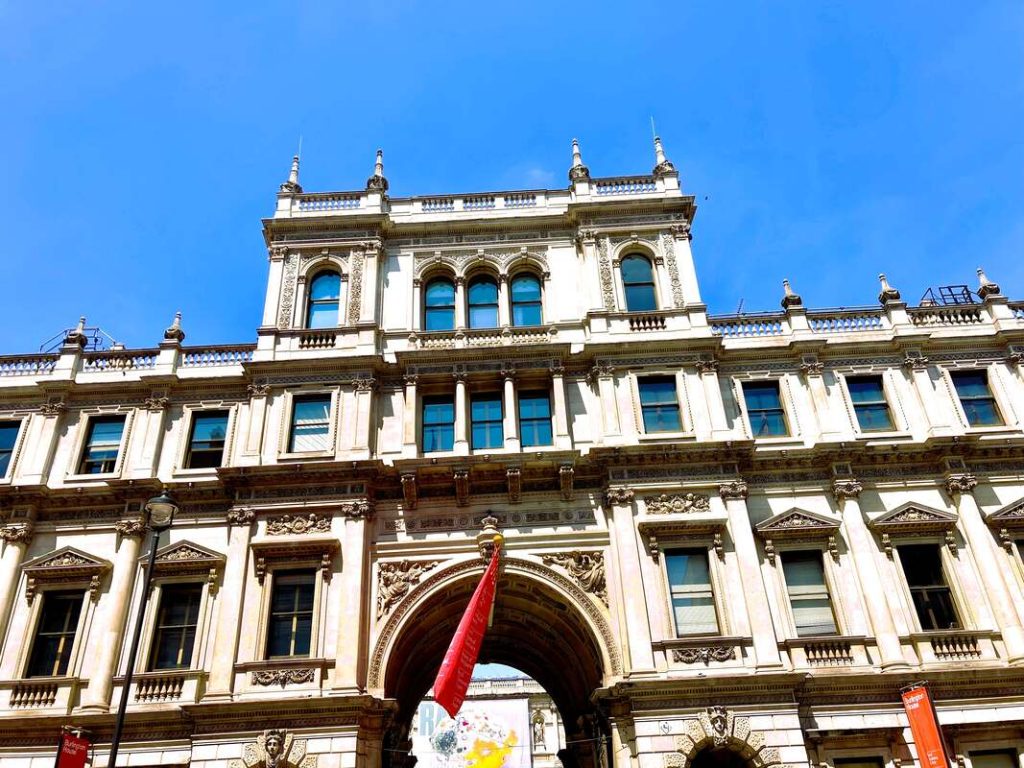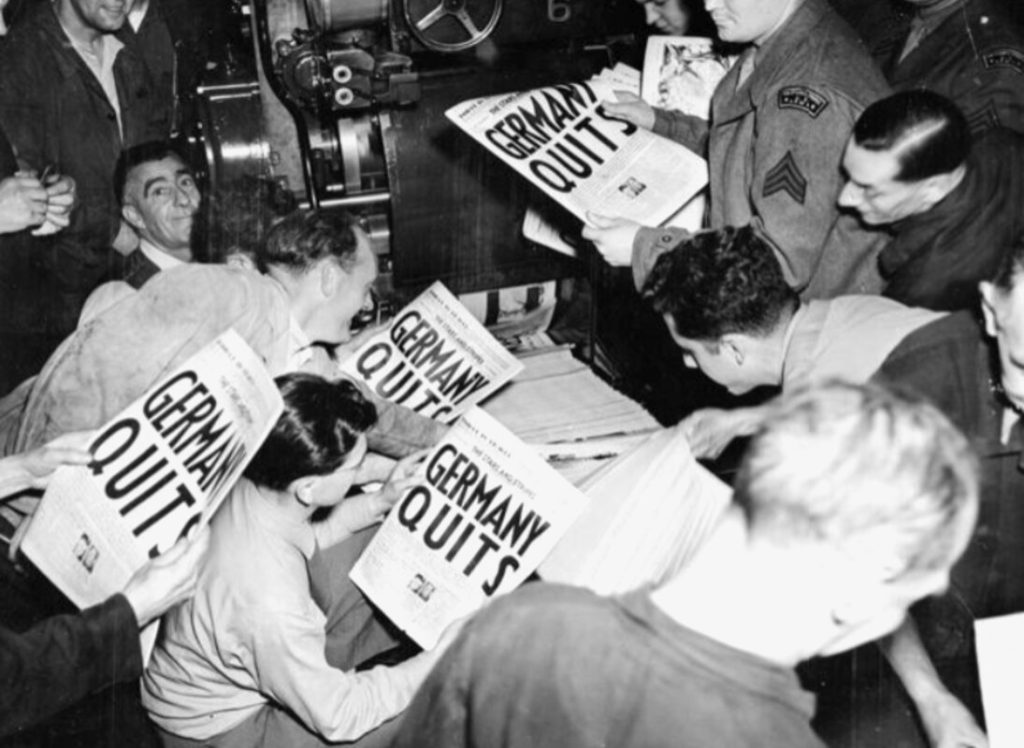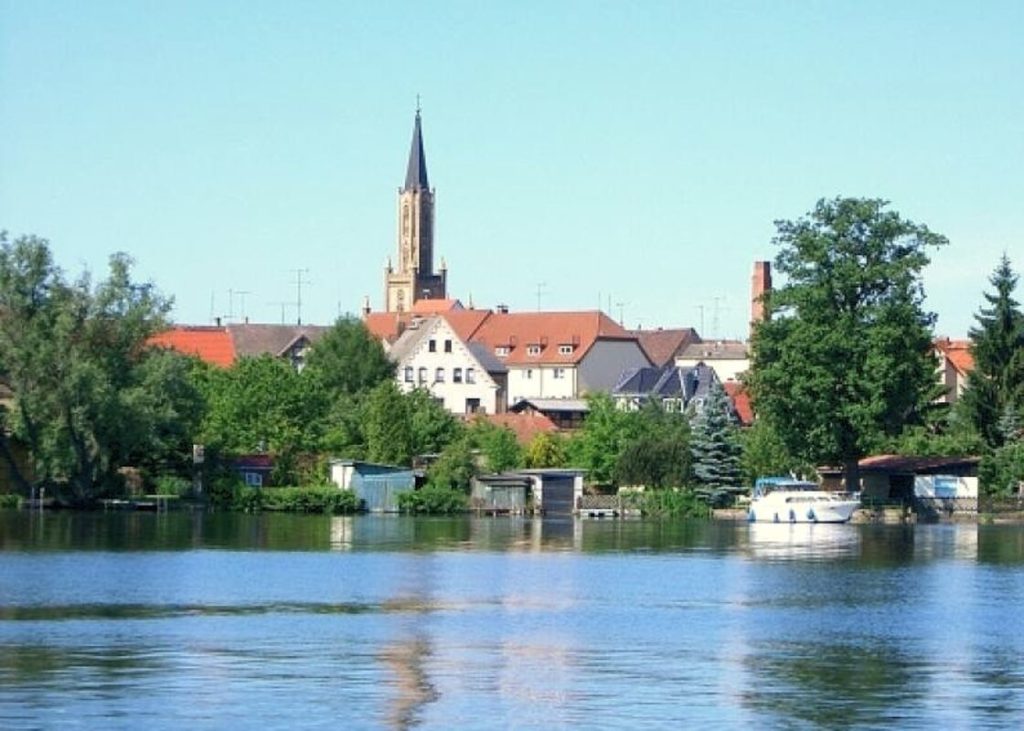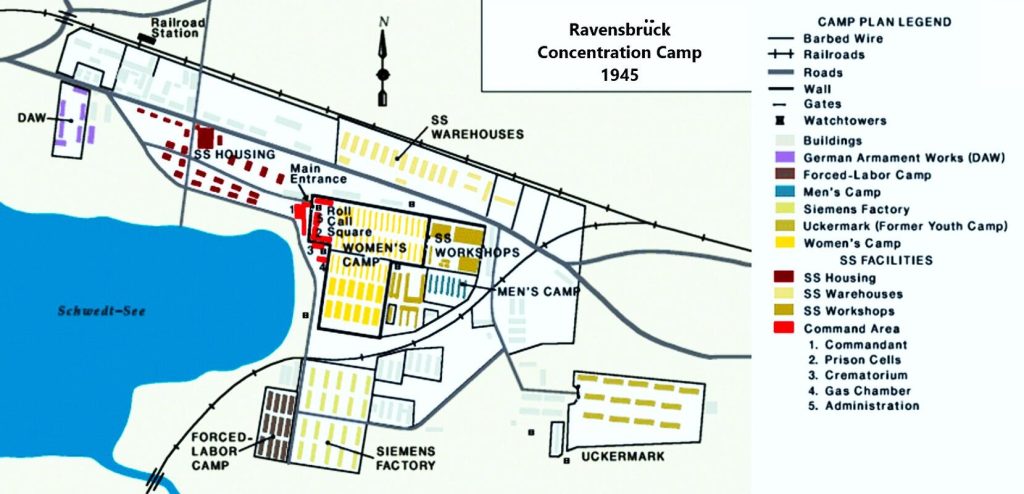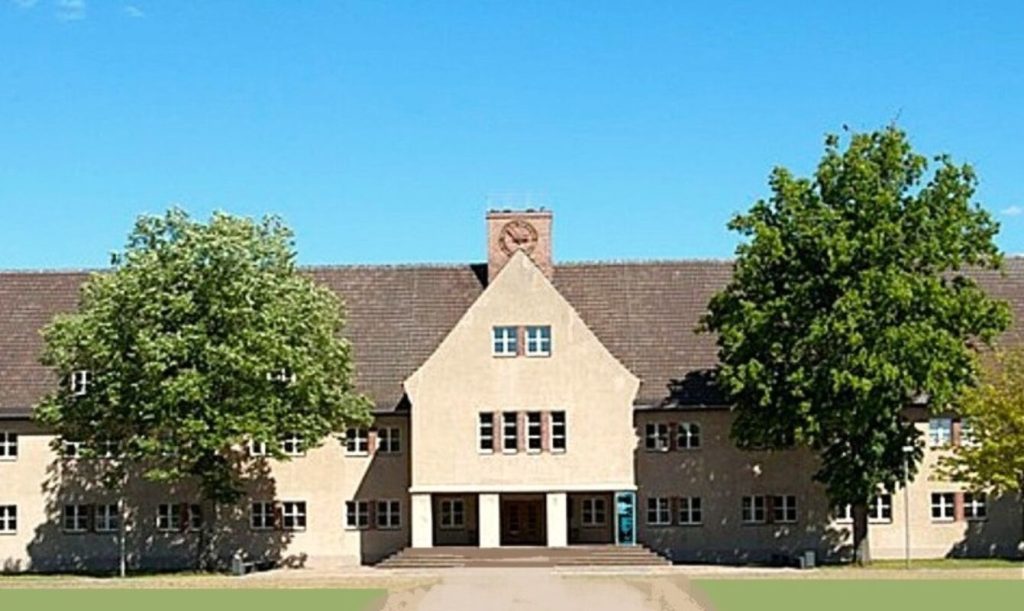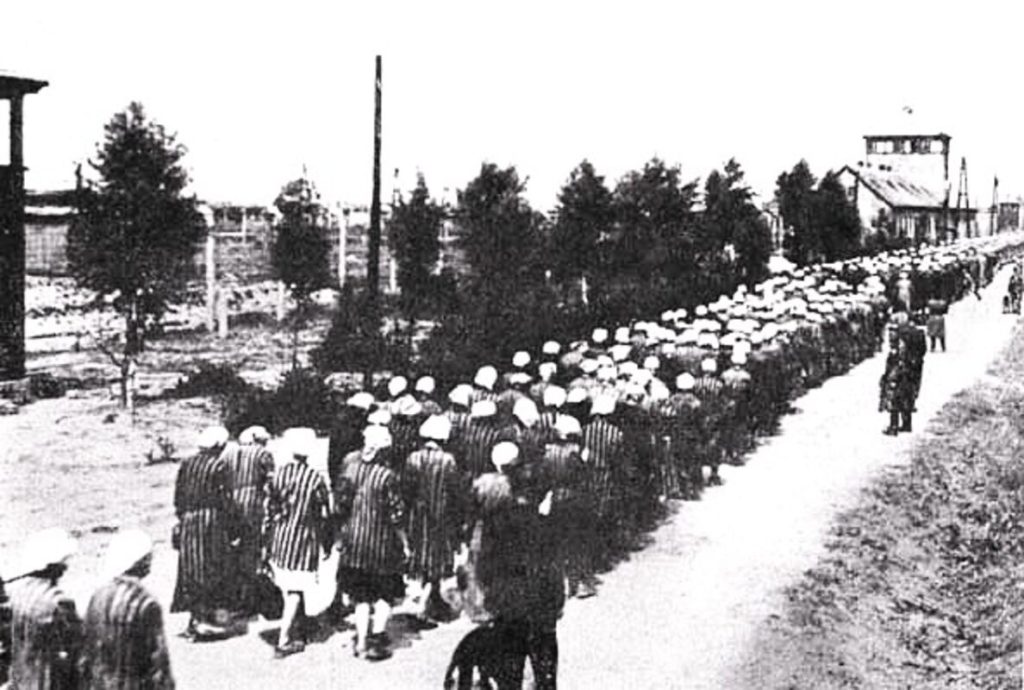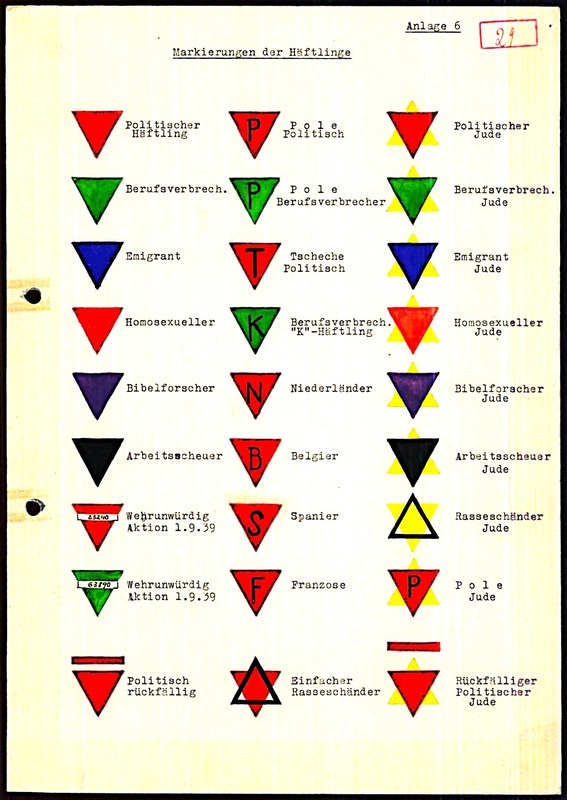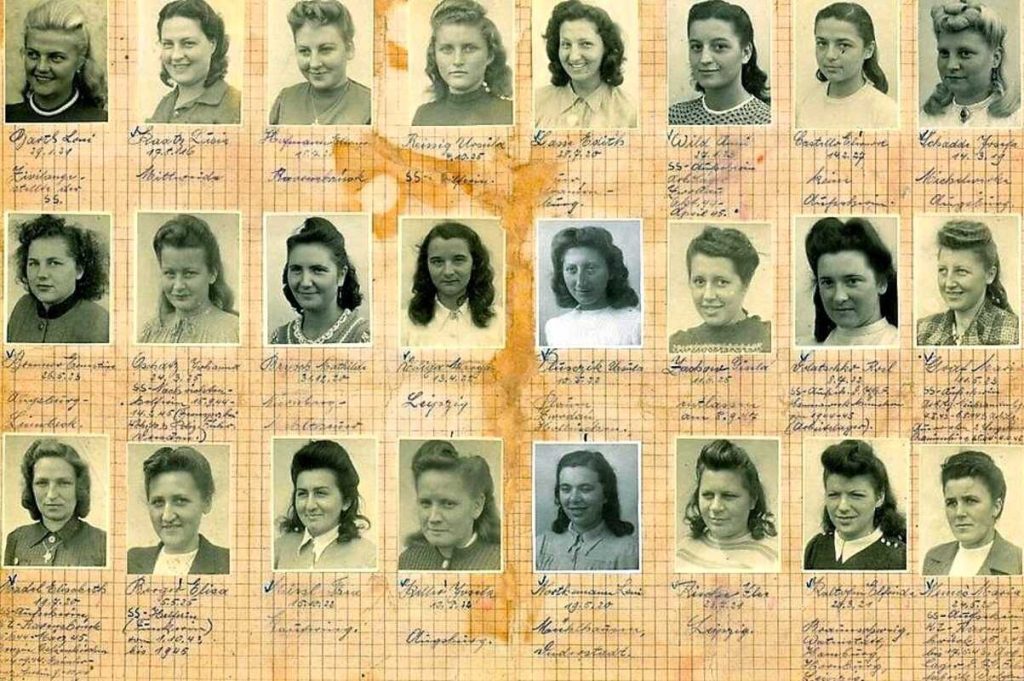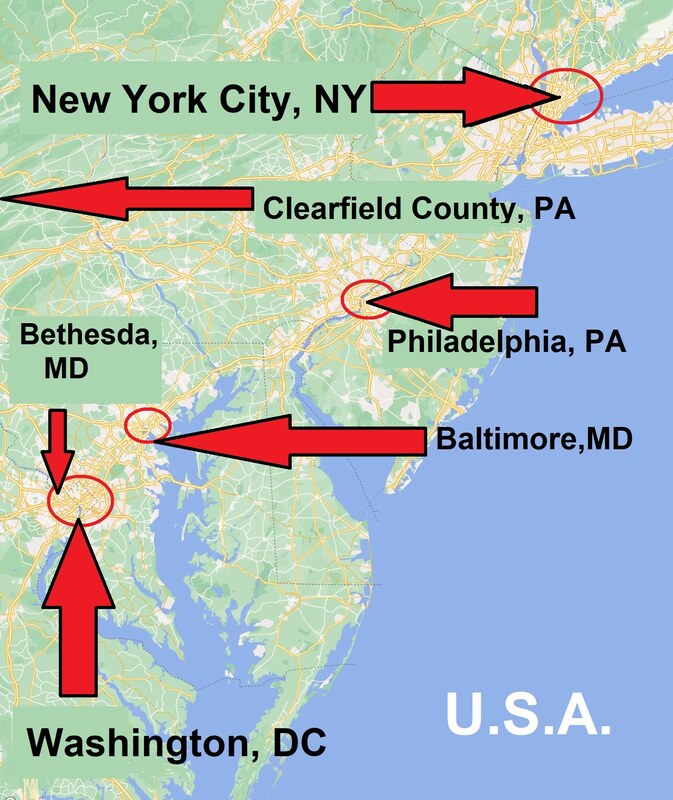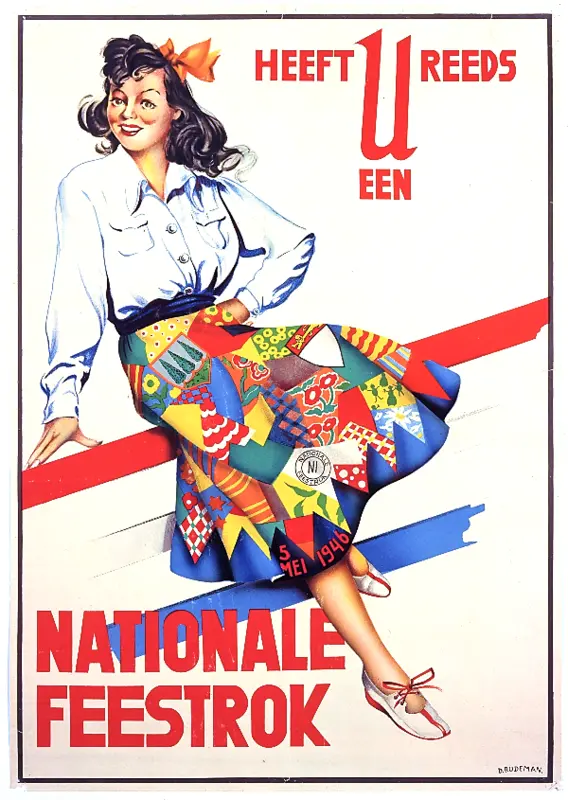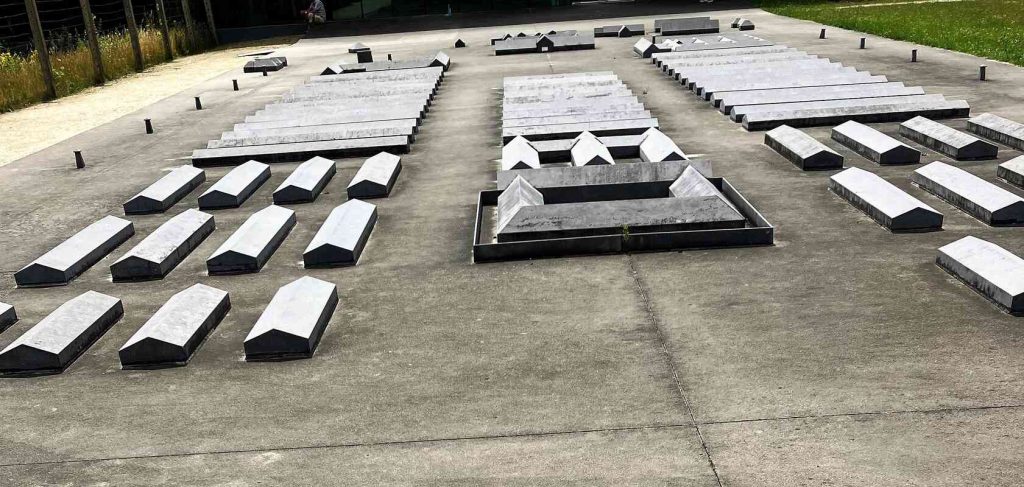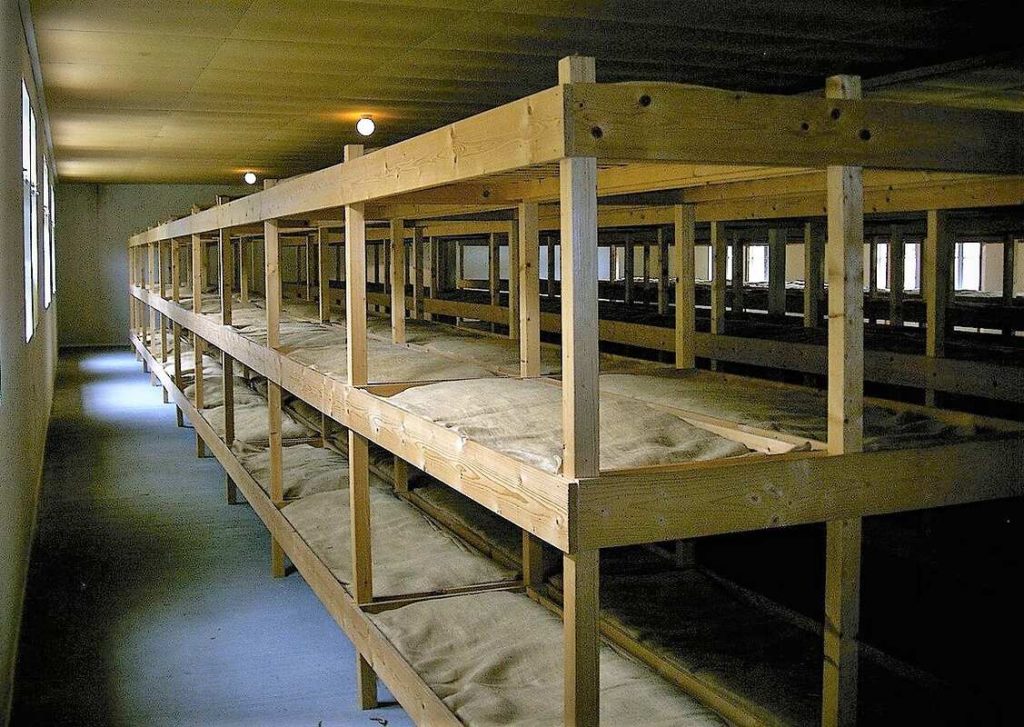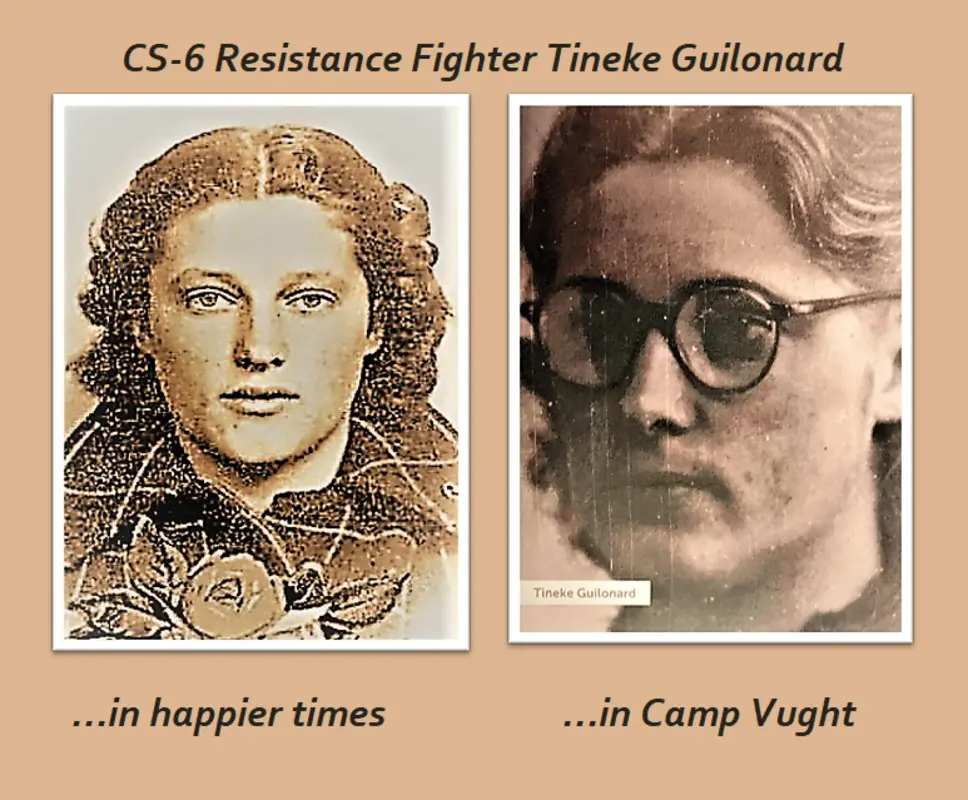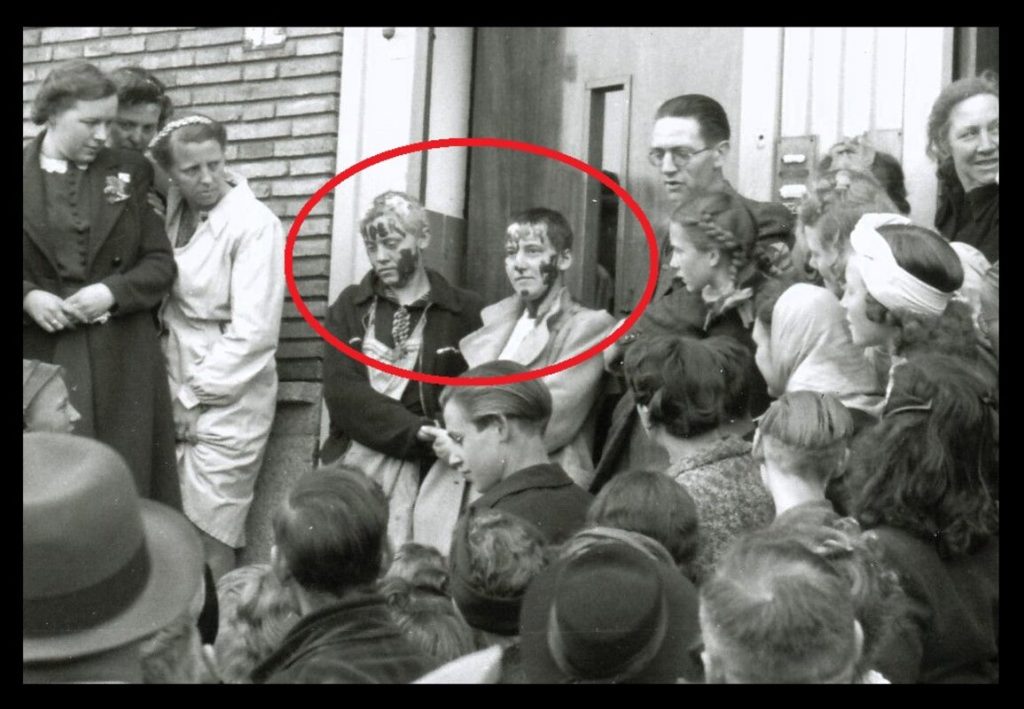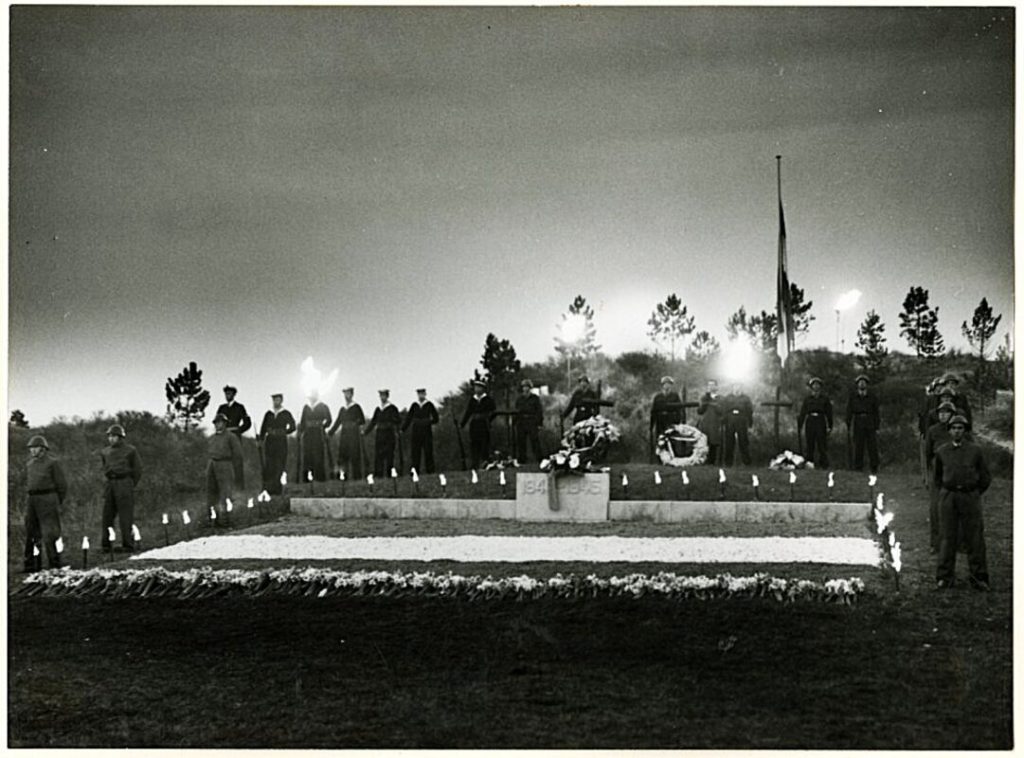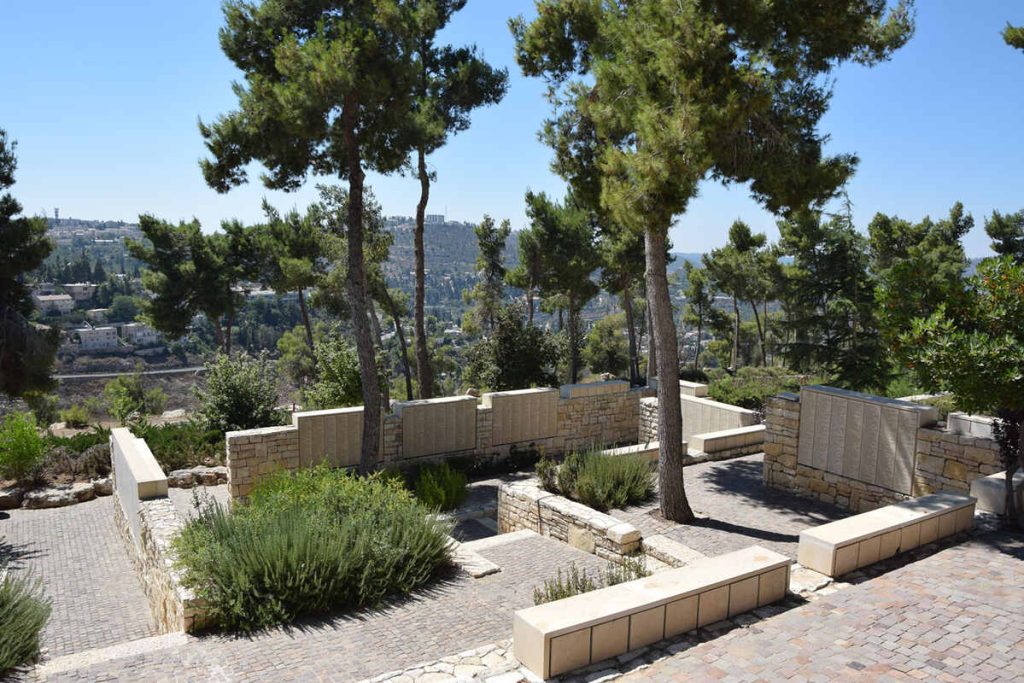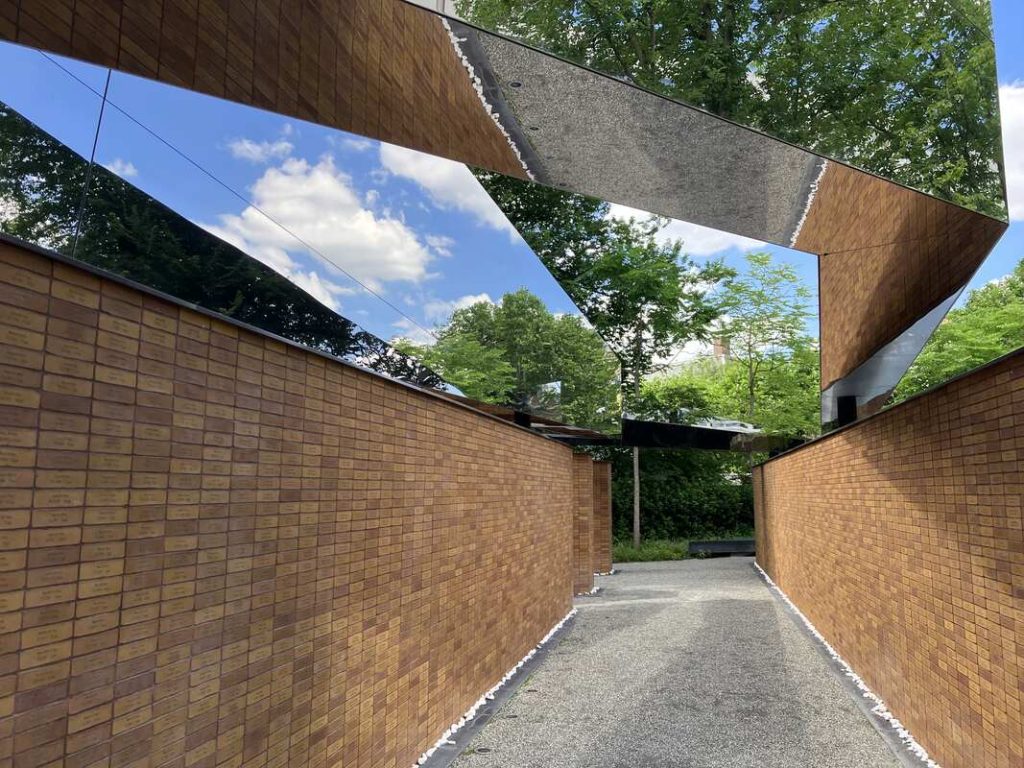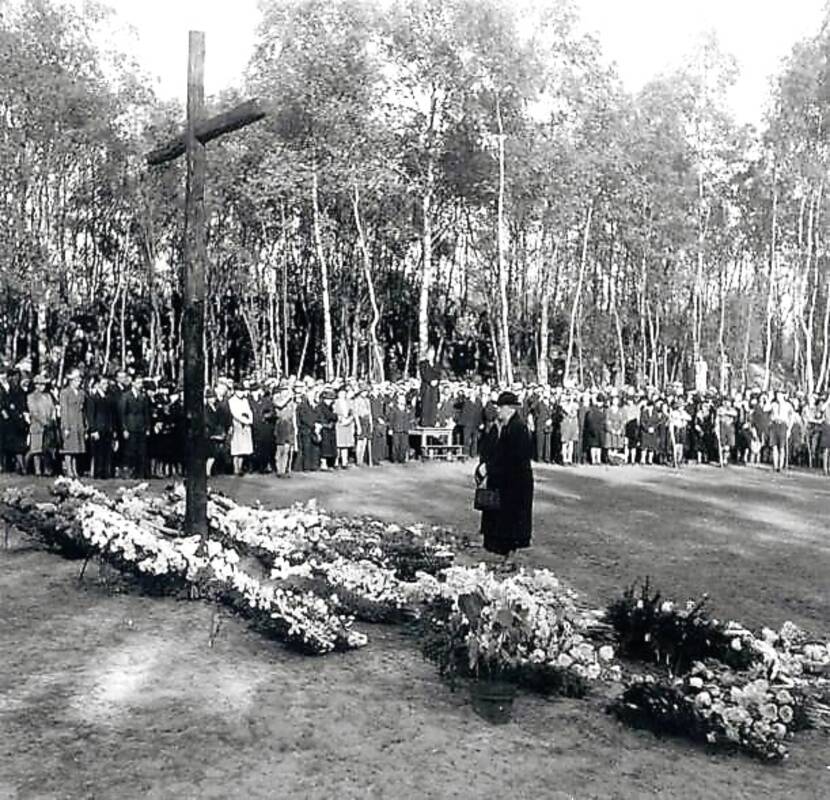FRANCE -The Pyrenees Mountains
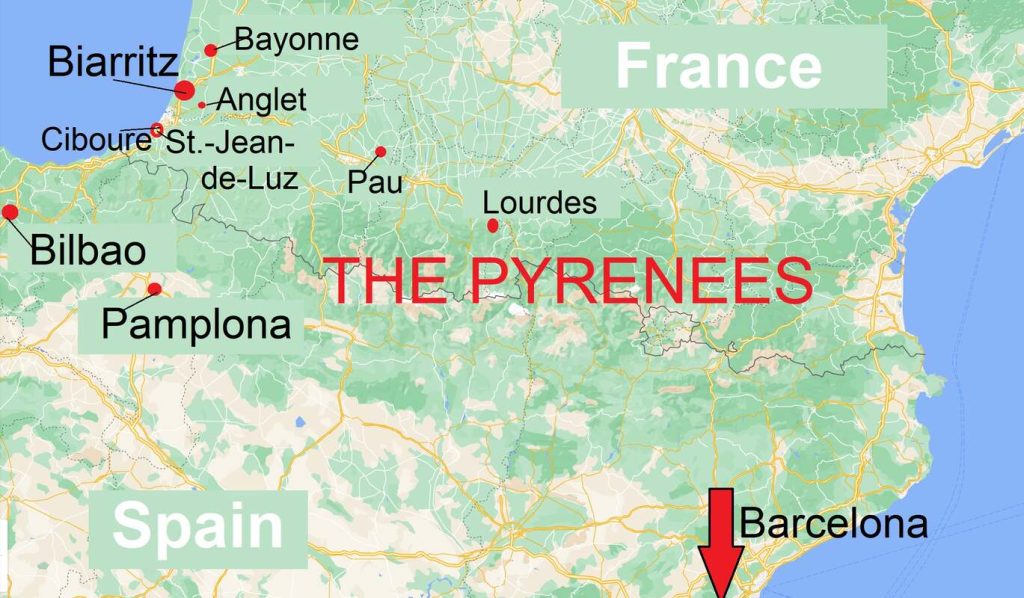
From the small-scale operation that a young girl and a friend had set up, the Comet Escape Line for downed British pilots in occupied Europe became one of the largest and best-organized networks.
Since Andrée de Jongh was firm in her negotiations with MI-9, the network lasted longer than others and was the least expensive. She had insisted on complete independence; no radio contact with London that could jeopardize the locals, and only reimbursement for transportation and lodging (but no other supplements). The Comet Line was therefore the only network that had extra money left after the war. Rather than dealing with more red tape than it was worth, MI-9 allowed it to be used to establish scholarships.
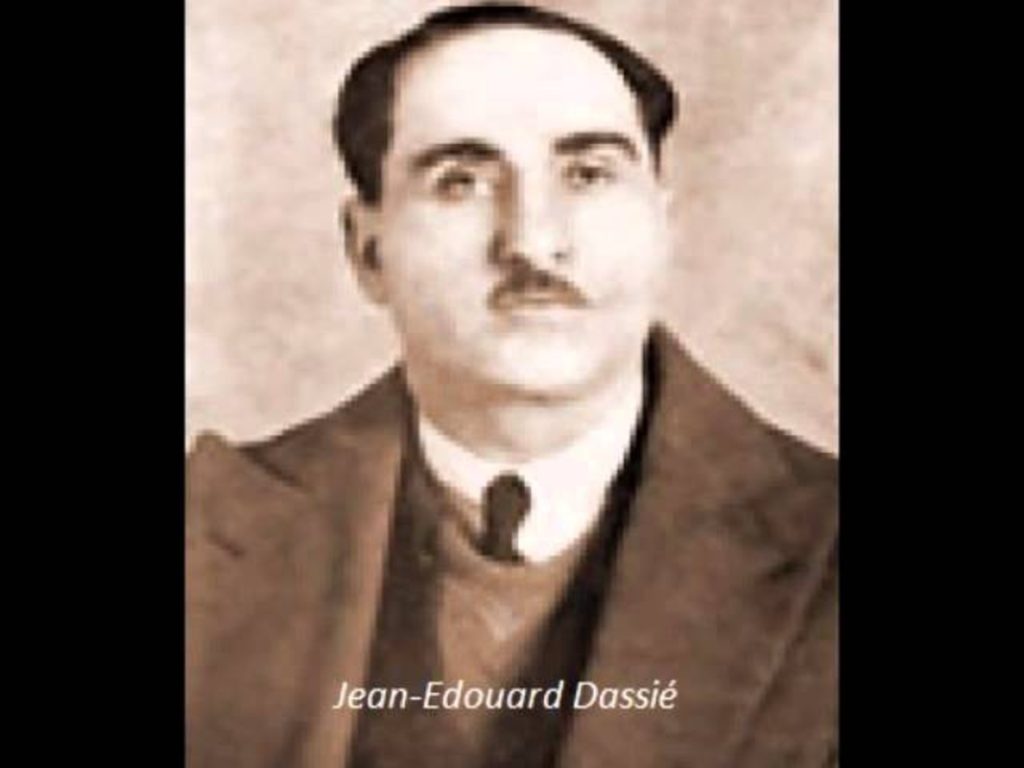
Unknown photographer
Despite being a disabled WWI veteran who had lost a hand and one eye, Jean-Edouard Dassié along with his daughter Lulu helped the Comet Escape Line. They were friends of Andrée de Jongh and her father. When they met at the little café across from the sinister-looking fortress Château-Neuf, no one knew yet that Kiki, father de Jongh is about to get captured and killed and that his daughter Andrée de Jongh will soon be in a prison cell in Château Neuf…
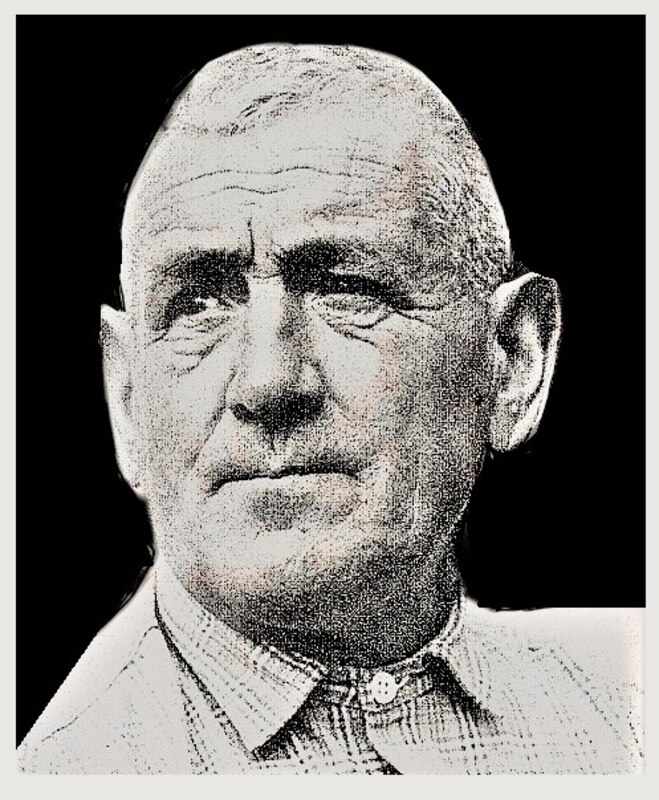
Unknown photographer

Having escaped arrest by General Franco’s Nationalists during the Spanish Civil War, the Basque Florentino Goikoetxea (pronounced /Ghoy-ghoy-tjeah/)had taken up residence in Ciboure right over the border in France. This near-illiterate Basque hunter who knew the Pyrenees like the back of his hand became a legendary smuggler for Andrée de Jongh’s Comet Escape Line, helping more than 200 men escape and delivering messages to the Allies. Towards the end of the war, he was shot and captured by the Nazis, but Fernand and Elvire de Greef rescued him from his guarded hospital room by pretending to be German ambulance drivers.
Fact of Fiction: Except for the dialogues, everything (including the “Pequeño beso” incident with Andrée de Jongh!) is based on verified facts. Another touching fact is that when Andrée de Jongh came to see Florentino after the war, the tough “mugalari” broke down sobbing in her arms.
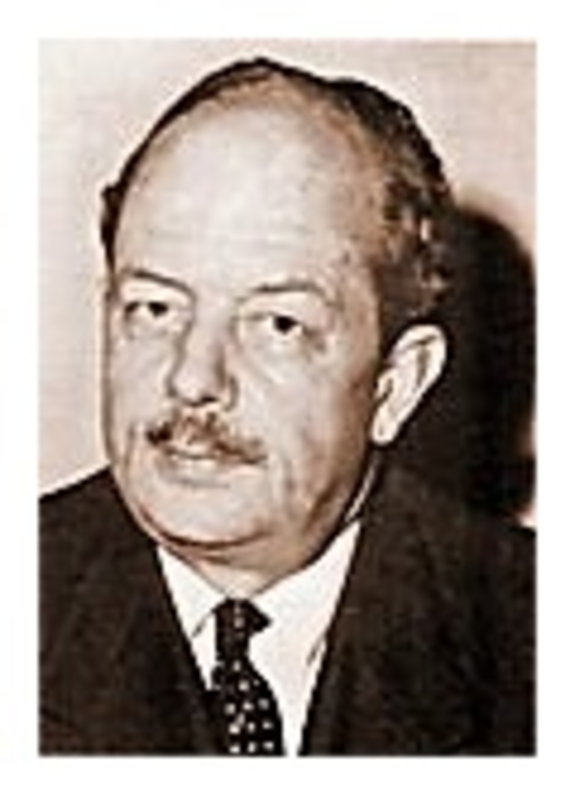
Unknown photographer
Sir Creswell was a British diplomat who was stationed as an attaché at the British Embassy in Madrid, Spain during the reign of pro-Nazi, yet supposedly neutral General Franco. Although it took a while to convince him, Andrée de Jongh cut a deal with him after she visited the British consulate in Bilbao in August of 1941; the British would pay her a fee for each downed Allied (preferably British) airman she managed to guide out of the occupied territories.
Since Dédée de Jongh refused all other help and refused to stay in contact via a radio, Creswell, codename “Monday,” had no way of knowing whether her charges ultimately made it to Gibraltar and from there, to London. Soon enough, he had nothing but the utmost respect for the diminutive, yet athletic Belgian woman who turned her Escape Line into a well-oiled machine that saved hundreds and was so efficient that it was nicknamed the “Comet Line.”
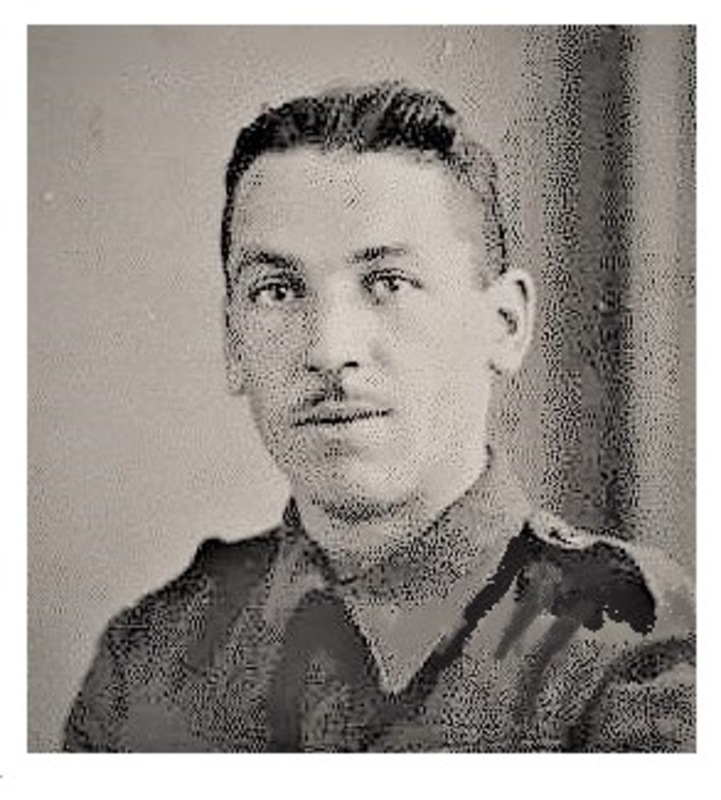
Unknown photographer
Scottish Private Jim Cromar of the 1st Gordons was Dédée de Jongh’s first “client” to betaken across the Pyrenees Mountains. He helped convince Sir Michael Creswell, the attaché from the British Embassy in Madrid to finance Dédée’s Escape Line by stating: “But she outclimbed us, Sir! She is better trained than most soldiers I know.”

Unknown photographer
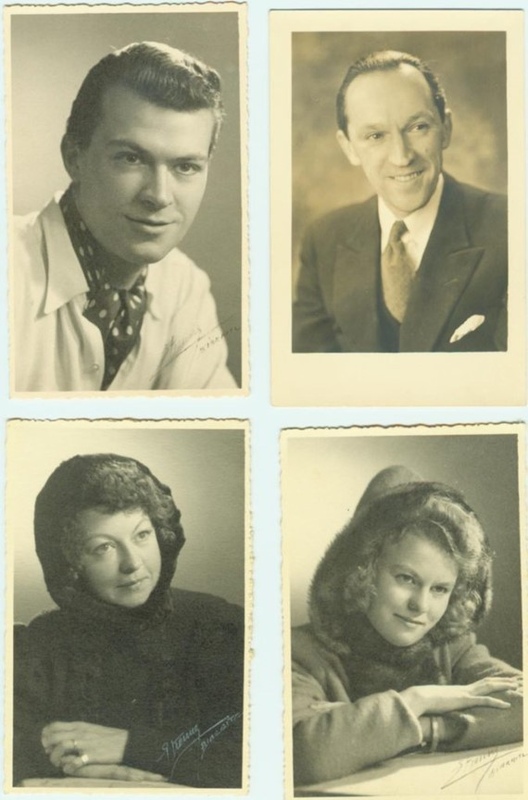
Elvire de Greef (/El-veer-a da Ghrayf/ was a formidable and fun lady. When Brussels, Belgium became too dangerous for Elvire and her family and their escape to England failed, they installed themselves in Southern France in an old farmhouse called “Villa Voisin” (pronounced /Vee-la Vwaah-zan/), which became a safe house and the nerve center of the Comet Escape Line.
Working part-time, Elvire was also involved in helping refugees, Black Market trading, and observing Nazi Black-Marketeering (later used as a bargaining chip). Likewise, husband Fernand’s administrative job for the German’s was a good cover to obtain intelligence and papers for those in hiding and transit. Children Freddie and Janine as well as “B” became an integral part of Andrée de Jongh’s “Comet Escape Line” where Elvire de Greef was known by the codename “Auntie Go.” (after her deceased dog’s name “Gogo).” Later, Elvire de Greef was awarded the UK “George Medal” and the US “Medal of Freedom.”
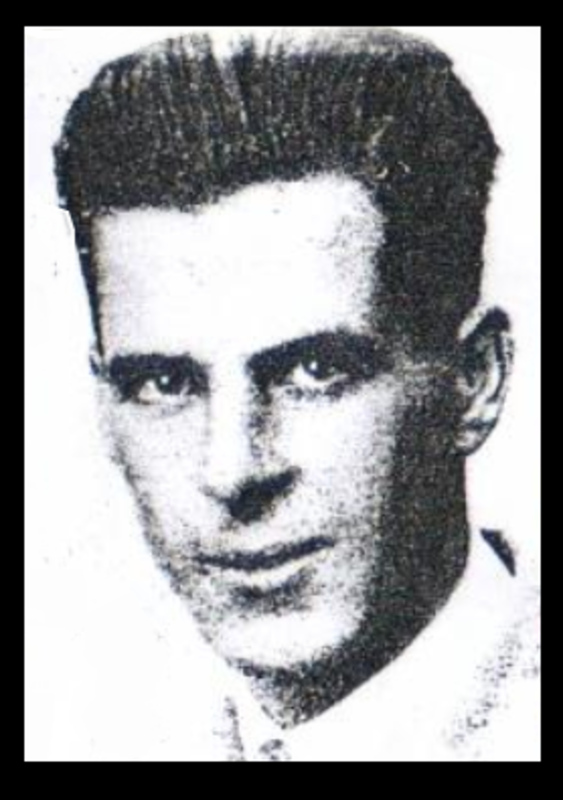
Unknown photographer
When the war broke out, Albert Johnson nick named “B,” was working in Brussels as chauffer and travel secretary to the President of the International Olympic Committee. Trying too late to get back to England via the south of France, he ended up joining Elvire De Greef and her family in safehouse Villa Voisin of the Comet Escape Line.
B helped however he could and eventually became a guide who went back and forth across the Pyrenees thirteen times, taking 122 evaders to safety. When B was arrested in March of 1943, Elvire de Greef blackmailed the local Nazis with a threat to expose their black marketeering to their bosses. When B was released, he first left for Spain and worked for MI-9 for a while, after which he and his family emigrated to Australia where he died of cancer.
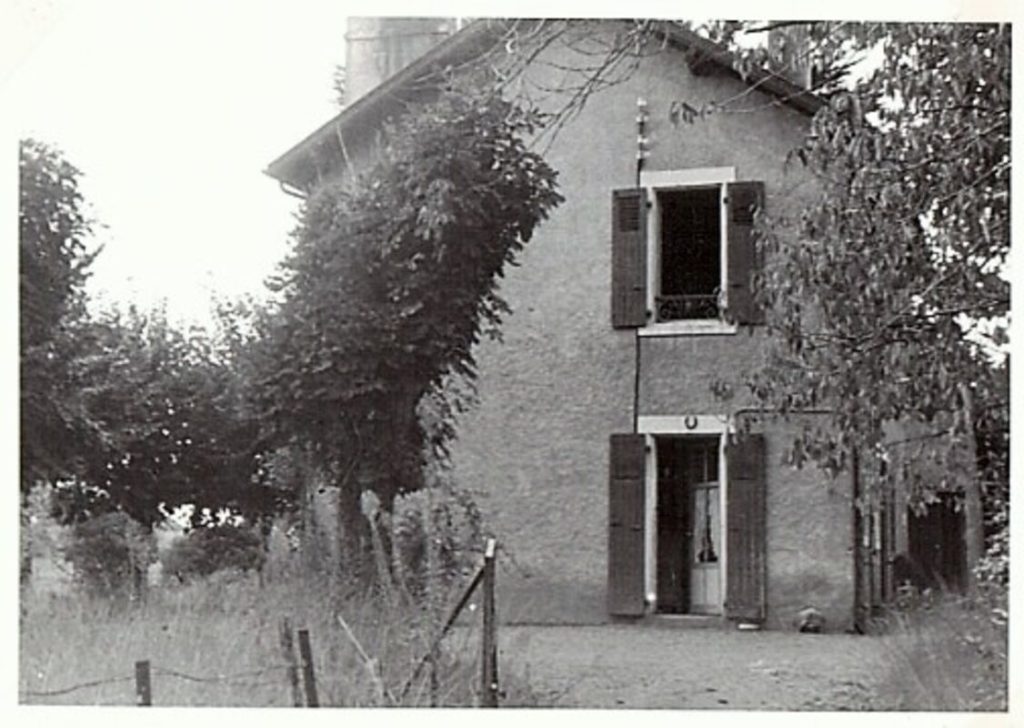
Unknown photographer

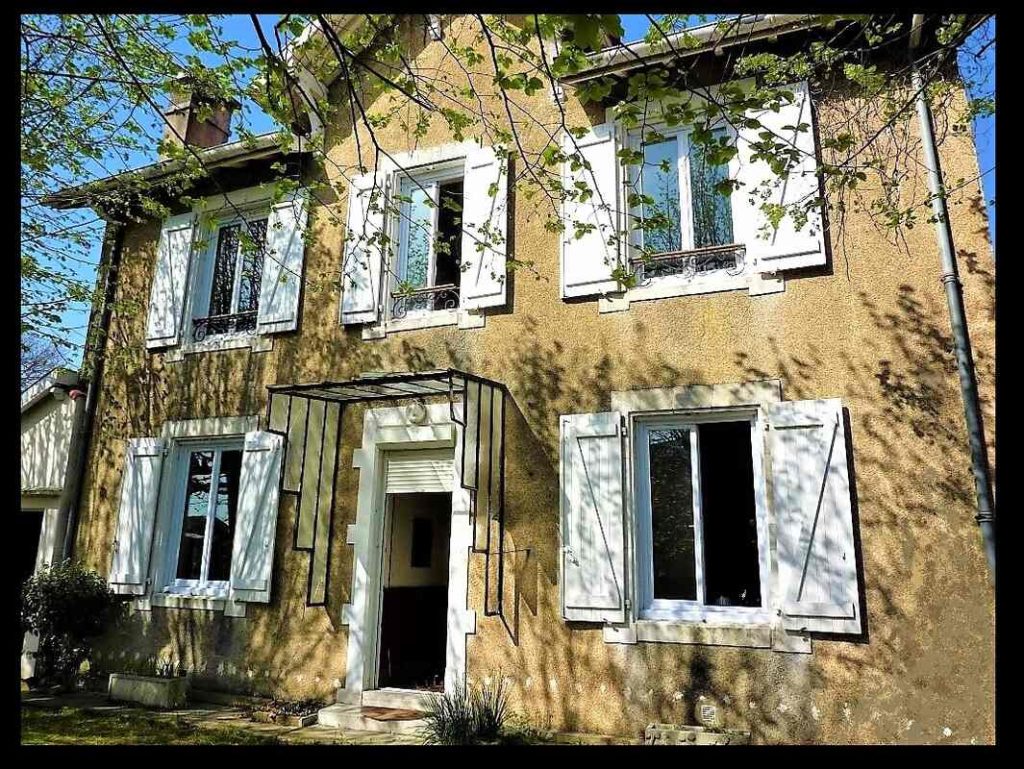
Villa Voisin in Anglet was the place where those who were about to cross the Pyrenees stayed. From there, depending on the weather, it was a night or two, three to hike about 16 miles with one of the Basque mountain guides called “Mugalari.”There used to be a commemorative plaque on the Villa Voisin, but in 2015, the original house was torn down, and a new house was built in its place, bearing the name “Comète.”
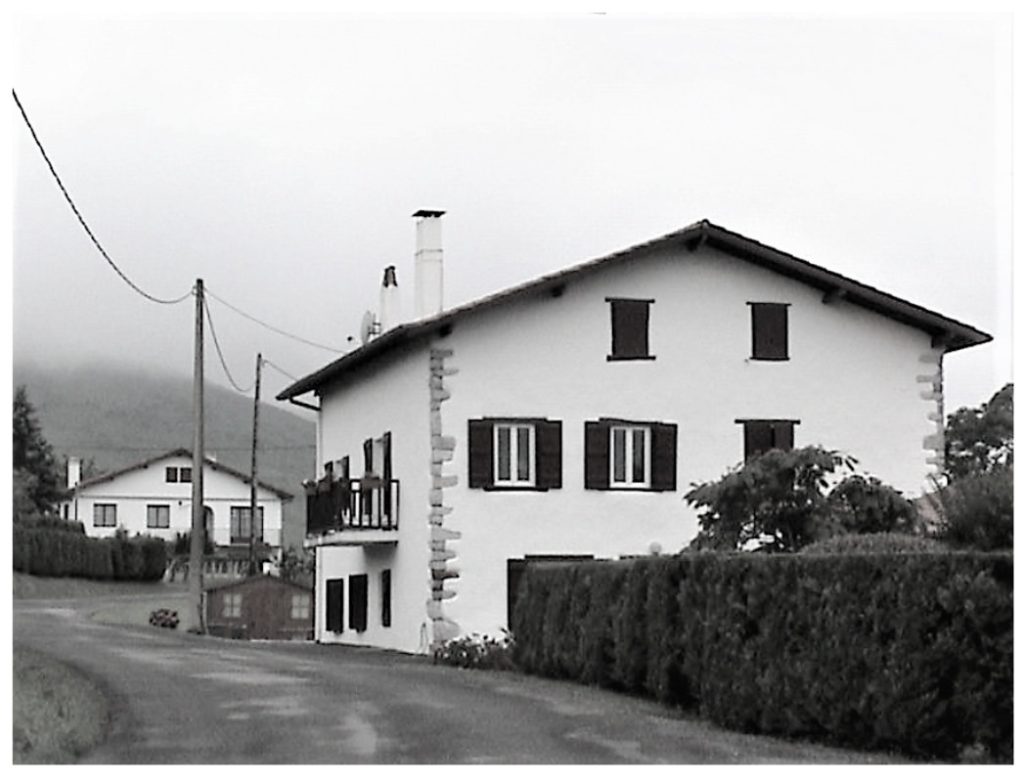
Unknown photographer
On January 15th, 1943, the day after Dédée de Jongh had said her last goodbye to her father, she and several escapees were at the young widow Franchia Usandizanga’s farmhouse “Bidegain Berri” in Urrugne when they were captured by the Nazis. Unbeknownst to Dédée, Franchia would end up in Ravensbrück as well where she died on April 12, 1945, at the age of 36, leaving her three small children behind…
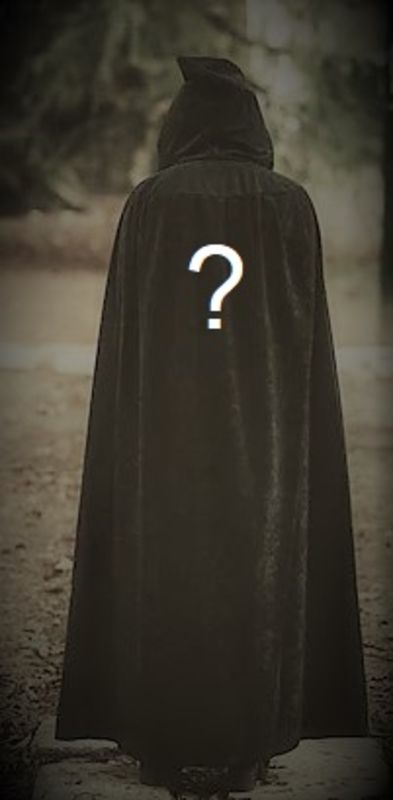
“La Capitaine” was a real person, but Kairos never knew her real name. It took a long time to determine that “la Capitaine” was not Marie-Madeleine Fourcade (another amazing female Resistance fighter) of the “Alliance” network.
After extensive research, all the details and dates Kairos had told me confirmed that la Capitaine worked for Andrée de Jongh’s Comet Line. Besides matching dates and routes, another detail found in several memoirs and interviews with Comet Line survivors is the trick of going into a train station’s bathroom and coming out on the other side to hide in a waiting truck.
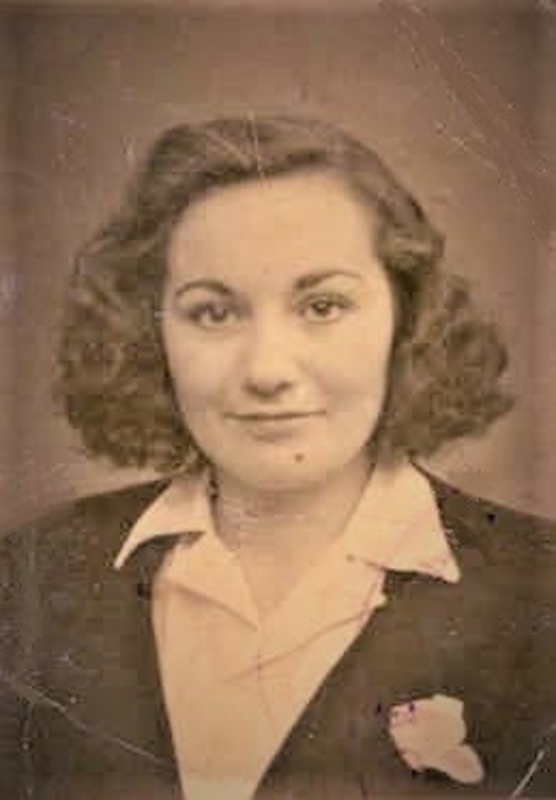
Unknown photographer
Yvette aka “Yette” Lubin (pronounced /Yat Lyuu-ban/ ) was the helper of “Madame La Capitaine,” the main organizer of the Paris–Peyrehorade segment of the Comet Escape Line. Yette’s bravery and pureness inspired Kairos, who carried her picture and the religious medallion she had given him for protection with him everywhere.

Besides the spiritual help Yette provided, Kairos took Pervitin to keep him going. While we know now that “Crystal Meth” is incredibly dangerous, during the war it was often prescribed as medication to combat fatigue. In fact, Dutch Queen Wilhelmina took it too. It was well-known and generally accepted that the Allies as well as the Nazis took drugs…
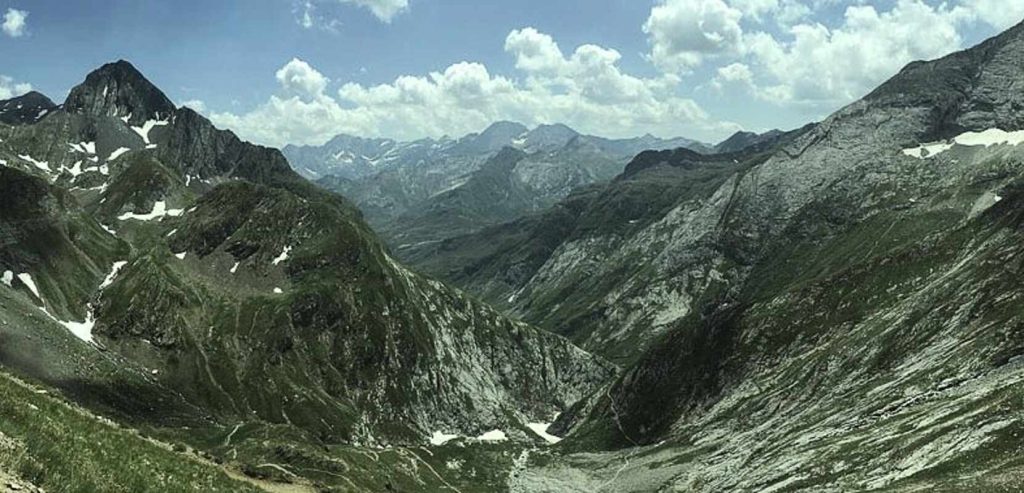
Picture credit: Jorinde
That Dédée de Jongh had chosen “Pugna Quin Percutias” or “fight without weapons” as the motto of the Comet Line, did not mean that it was not dangerous. In fact, the opposite was true. Of the 3,000 civilians who helped over 775 people escape within three years, 290 perished or were shot.
Hiking across the Pyrenees Mountains into Spain was fraught with danger especially during the winter because of the weather and its effect; blizzards, avalanches, and mud slides were all too common. Not to mention that the Bidassoa River could swell into a roaring monster with sharpshooting Guarda Civil on the Spanish side waiting… In fact, two days before Kairos crossed the river, a Comet Line leader and an American pilot drowned. Would the seemly happy-go-lucky Kairos survive the Mighty Mountains?
similar galleries
discover
JOIN MY NEWSLETTER
To receive announcements about new blogs, images, essays, lectures, and novels, please sign up.
